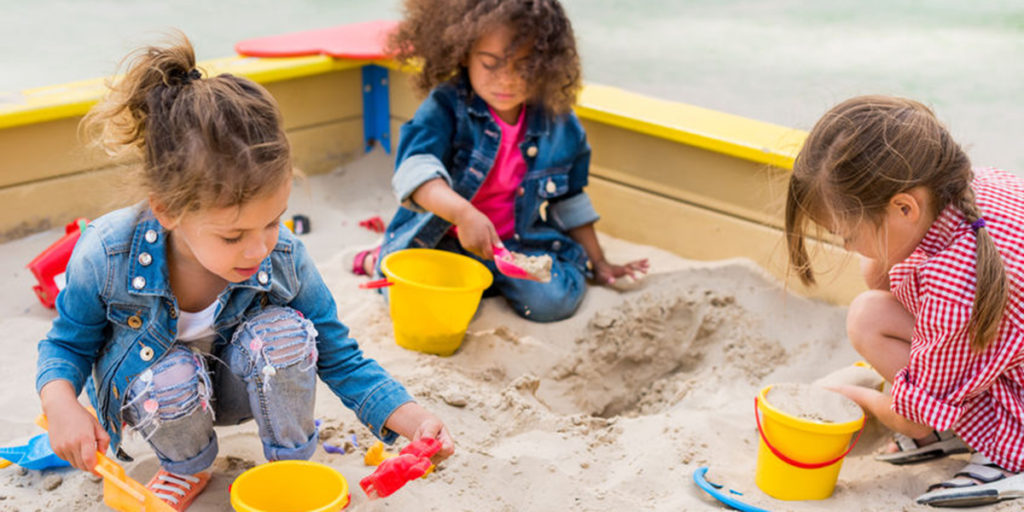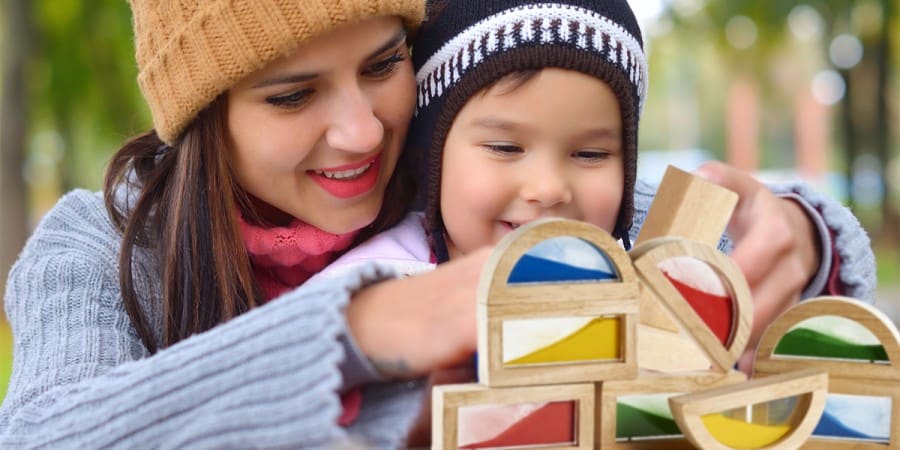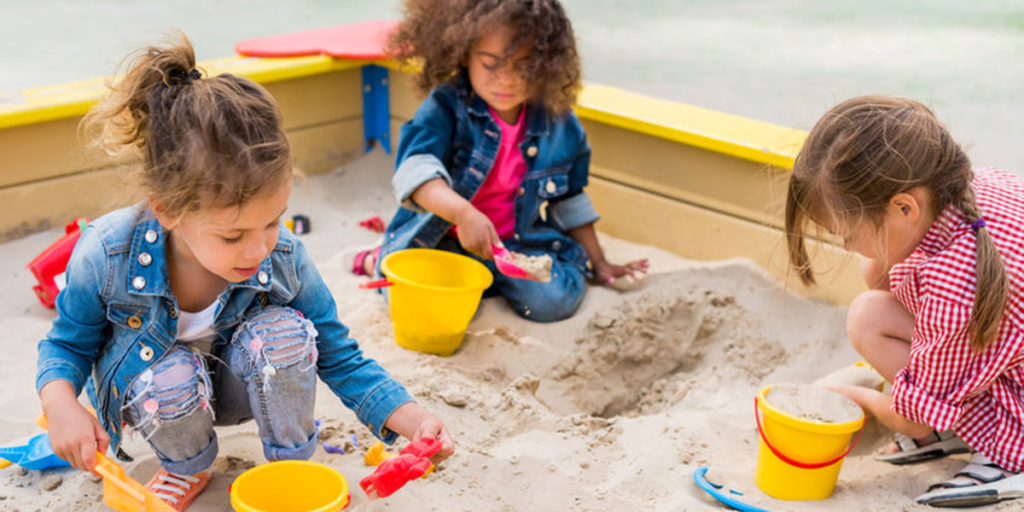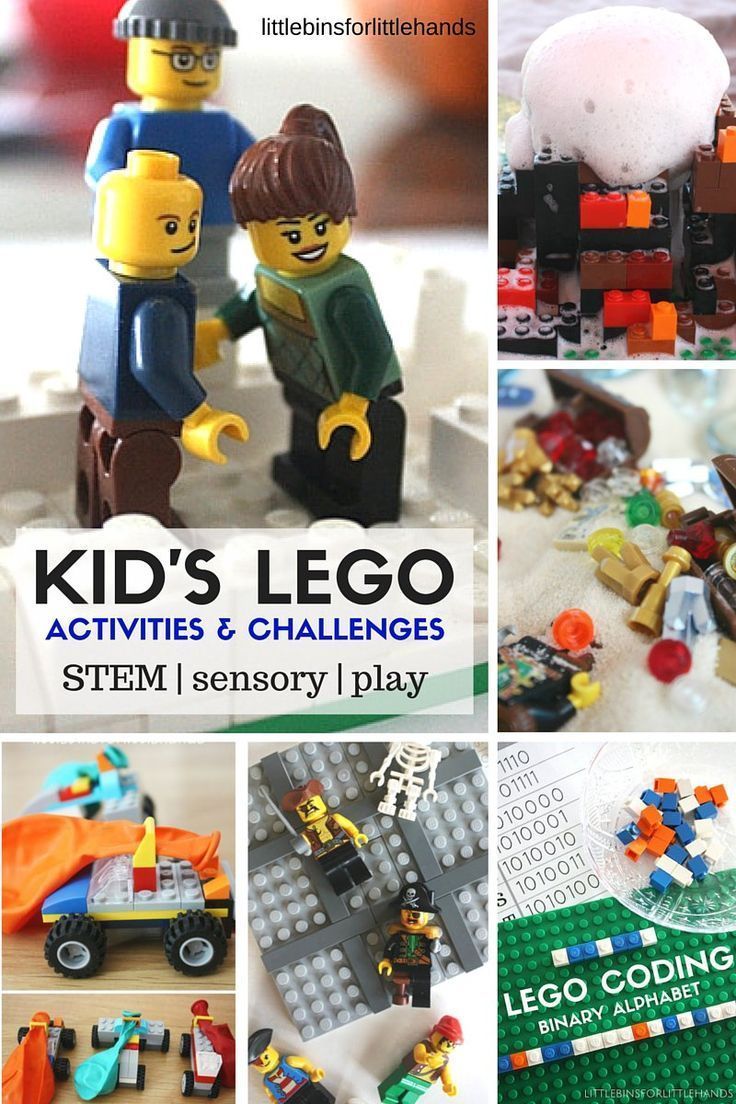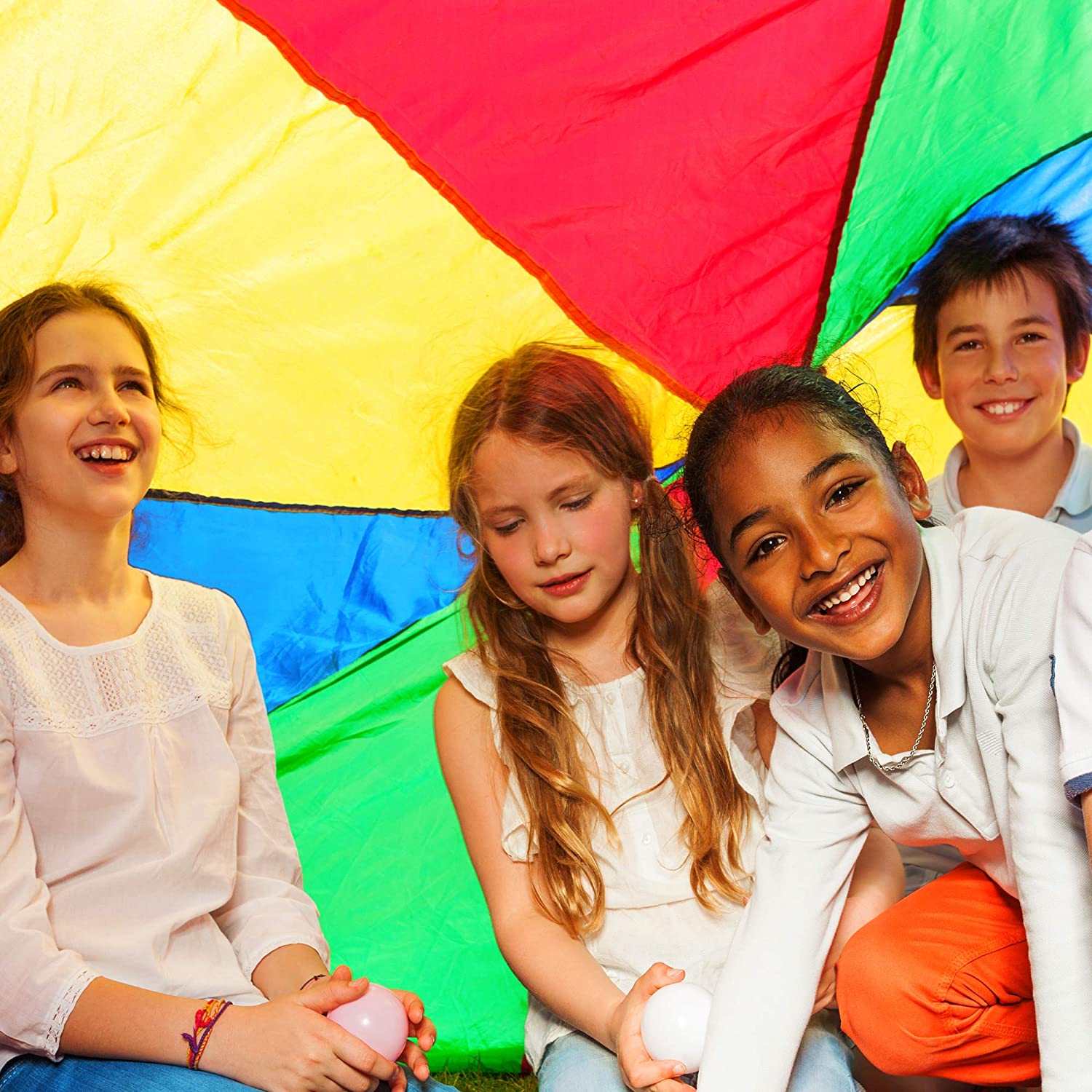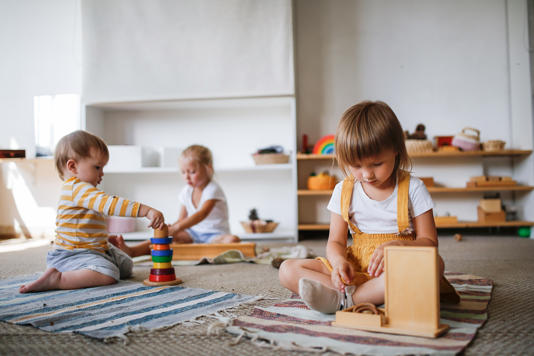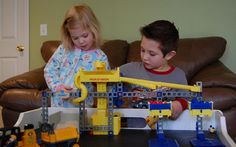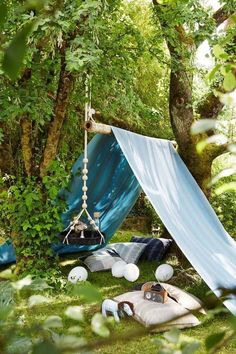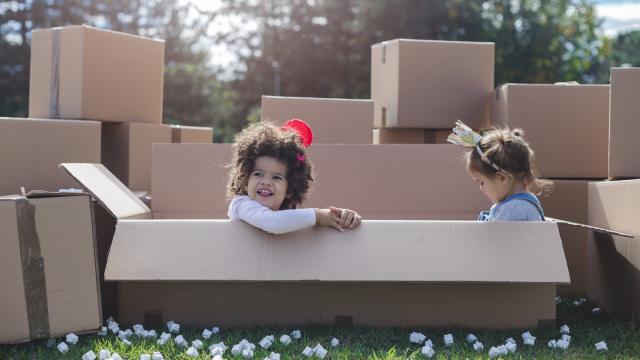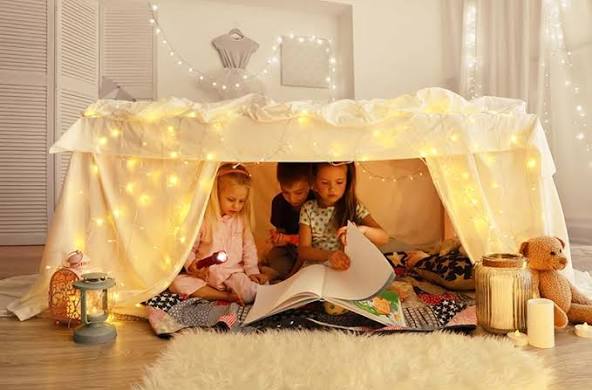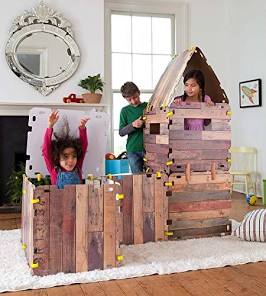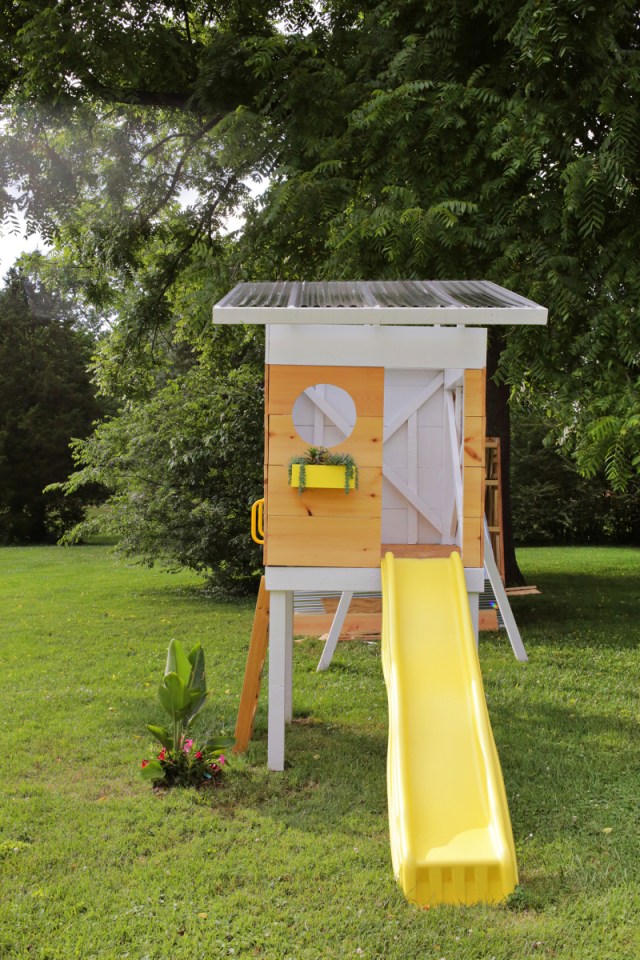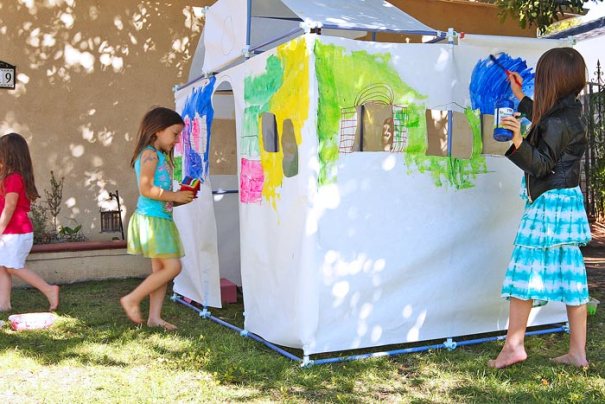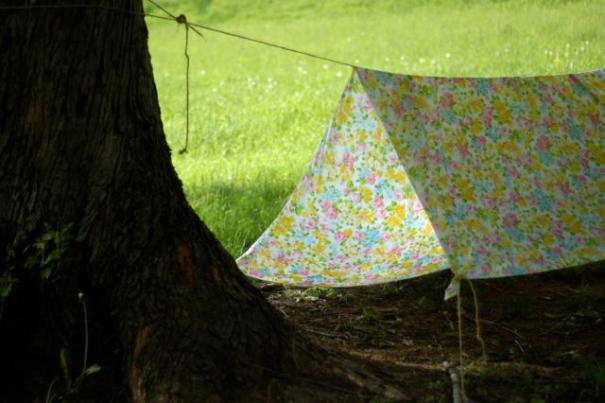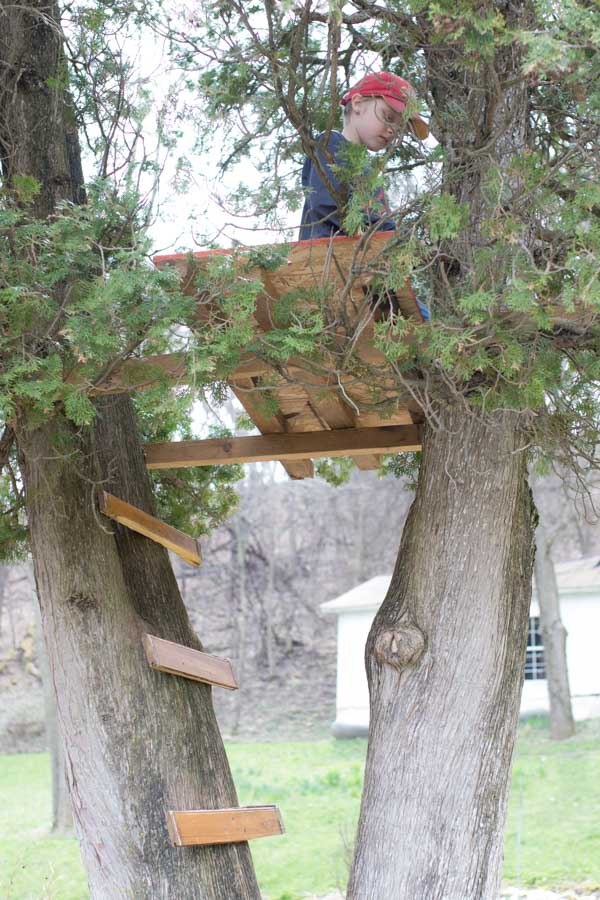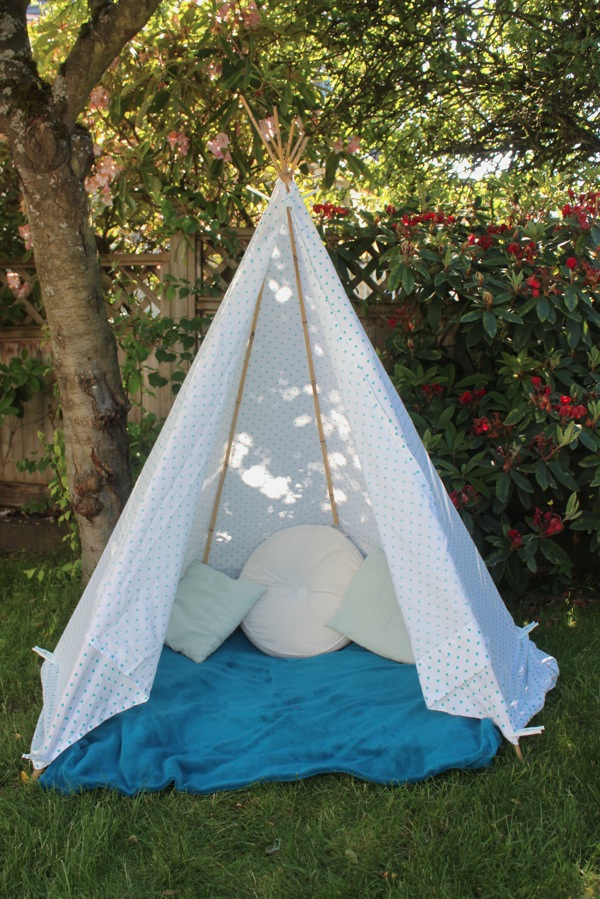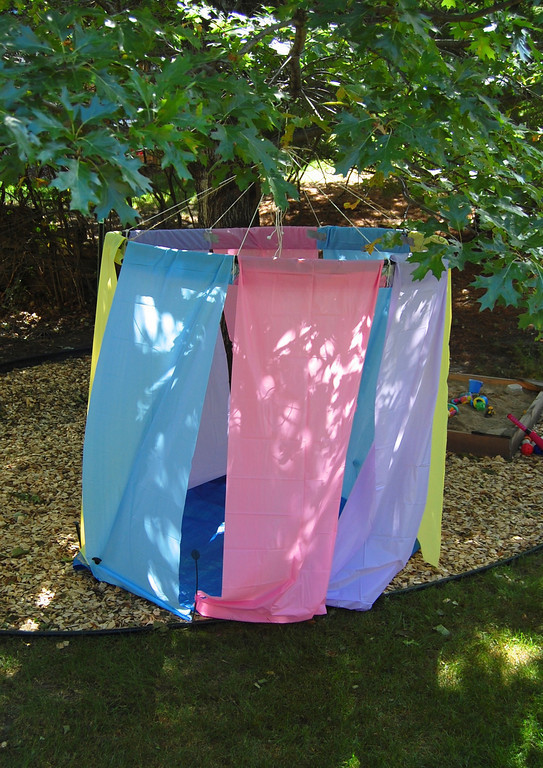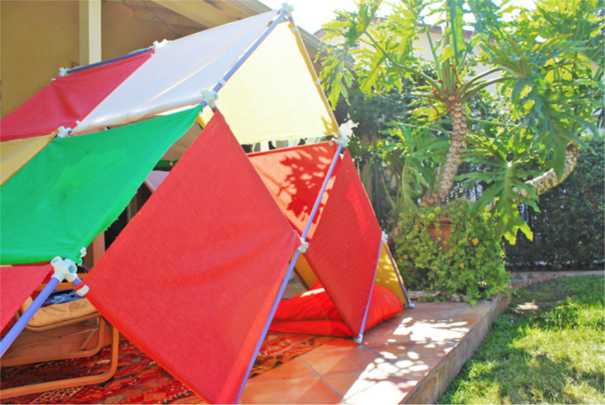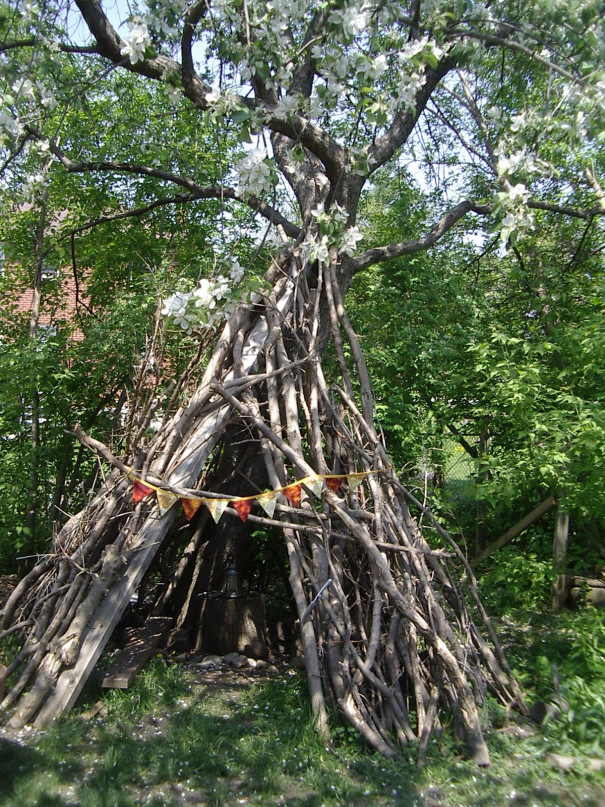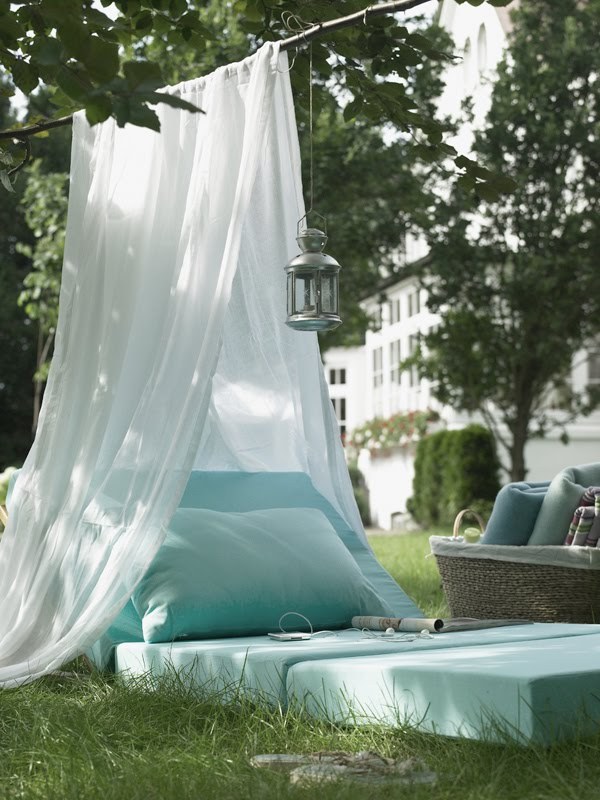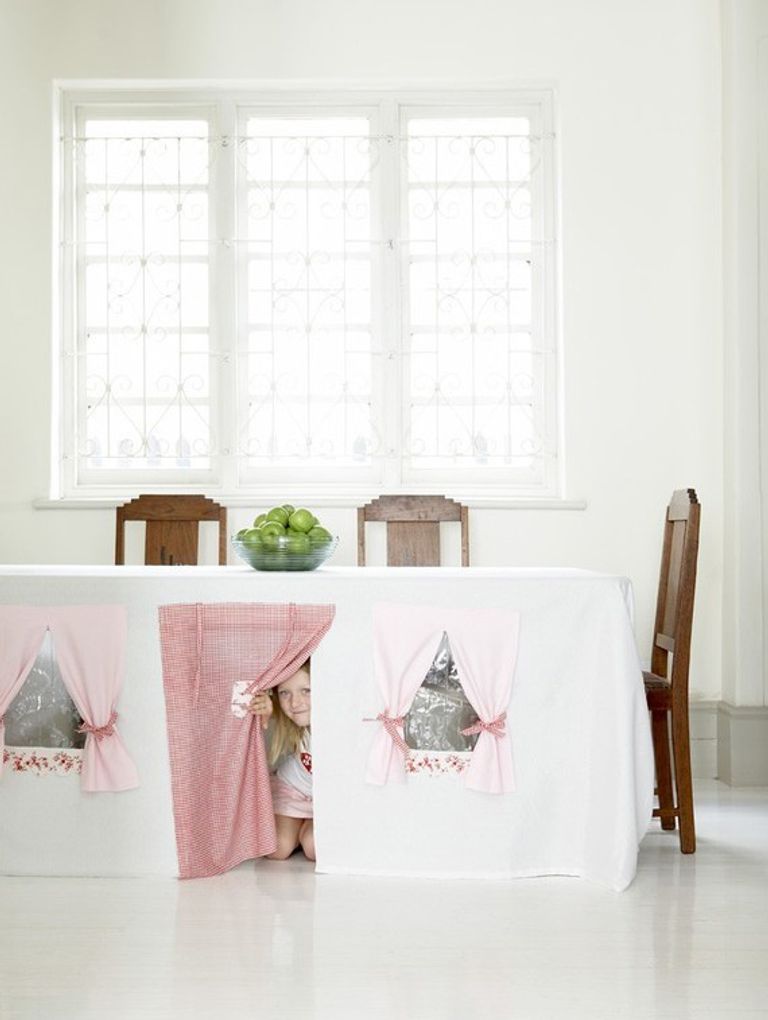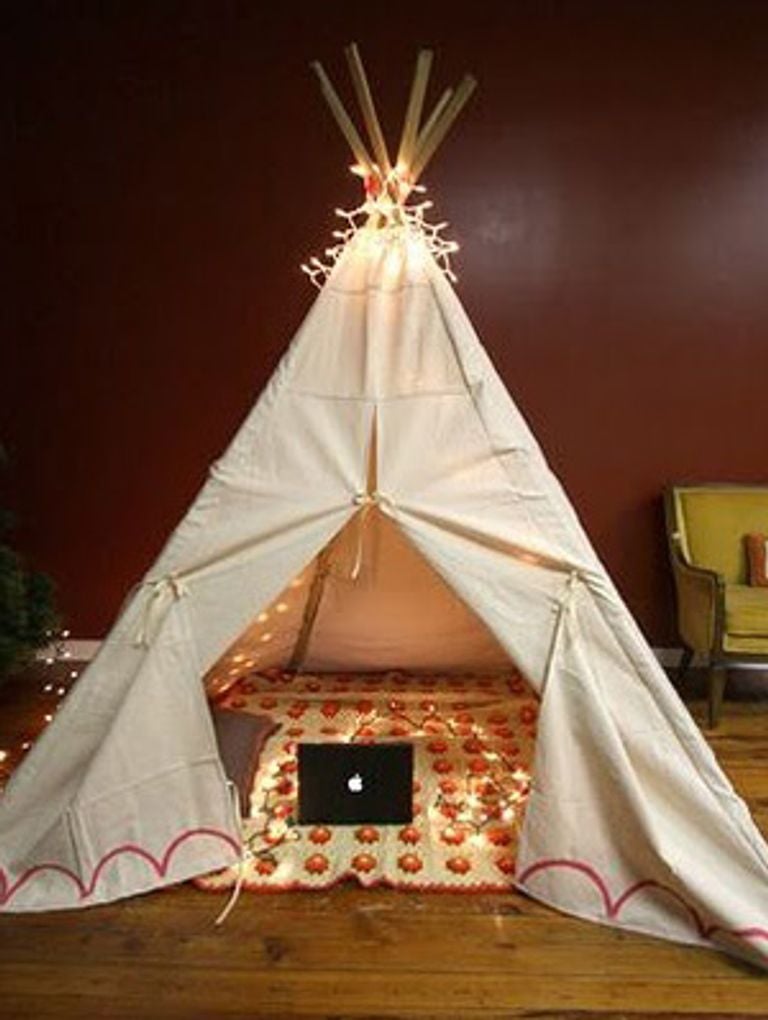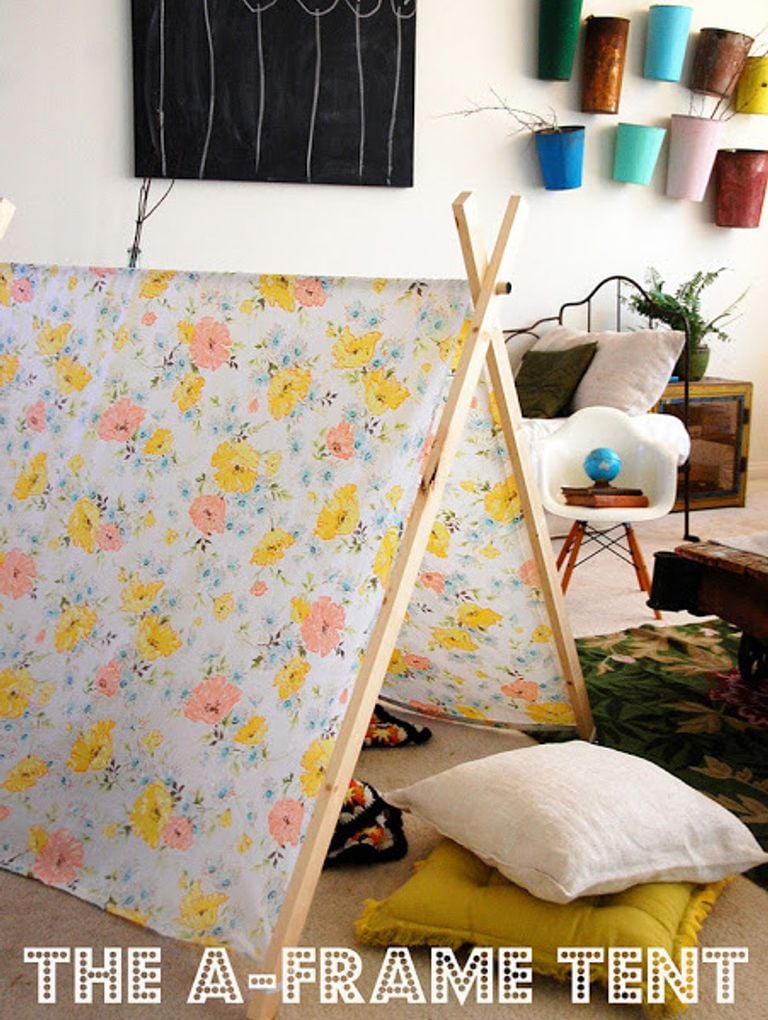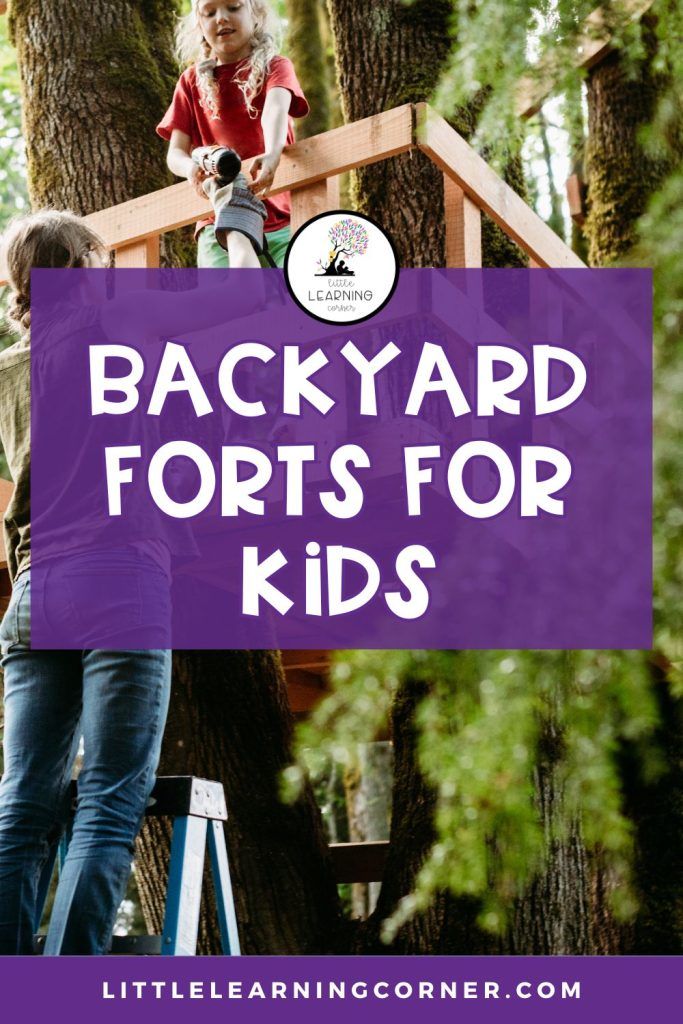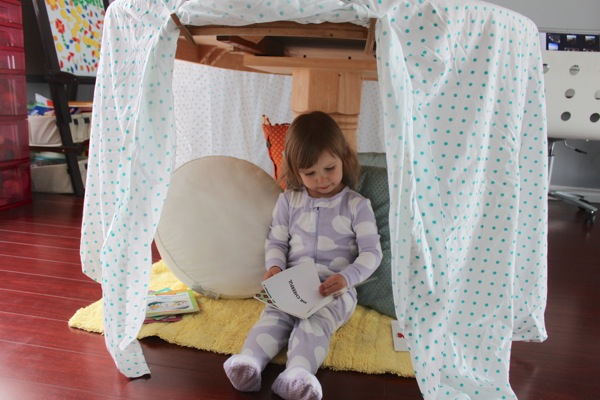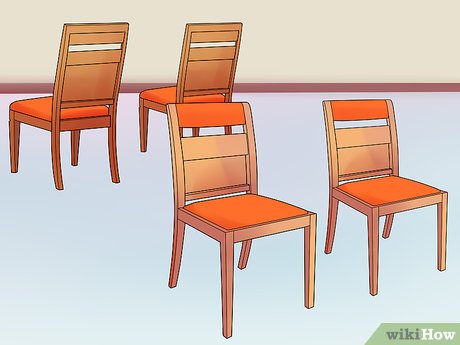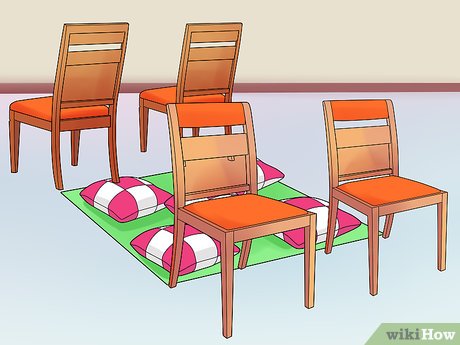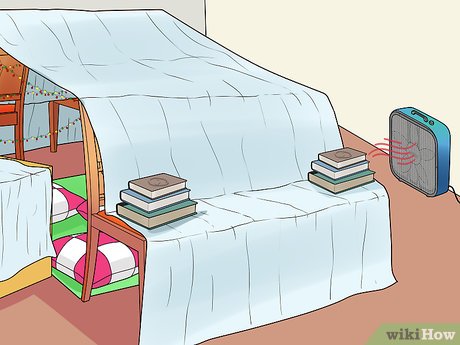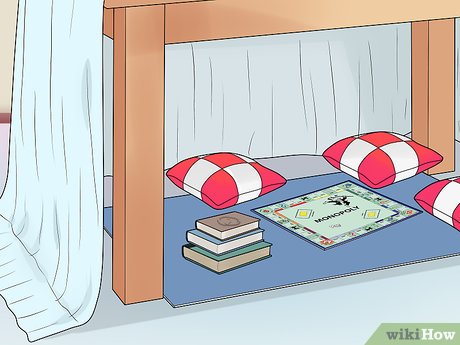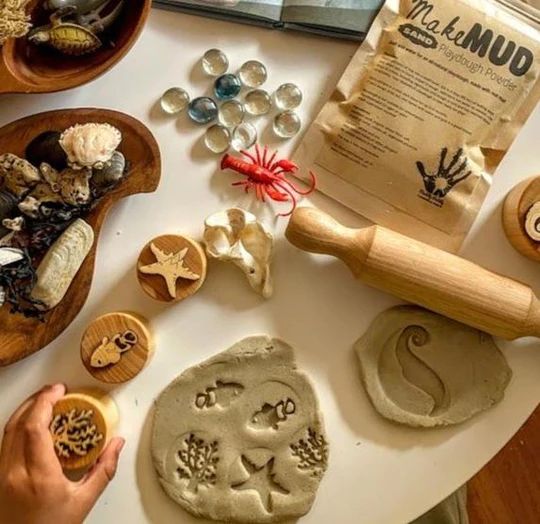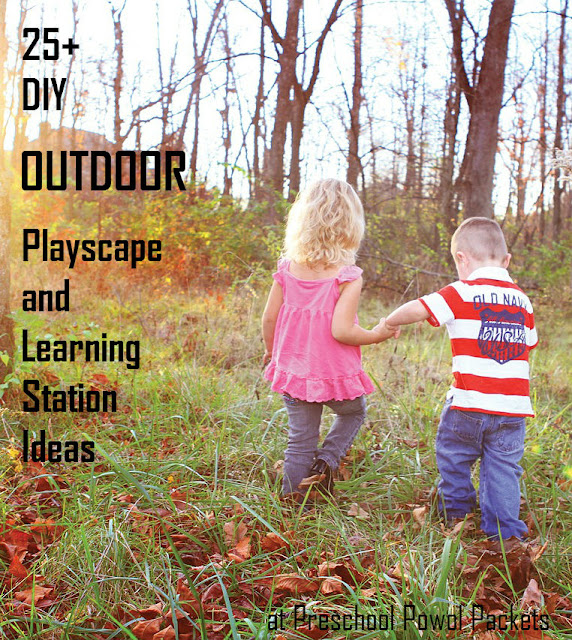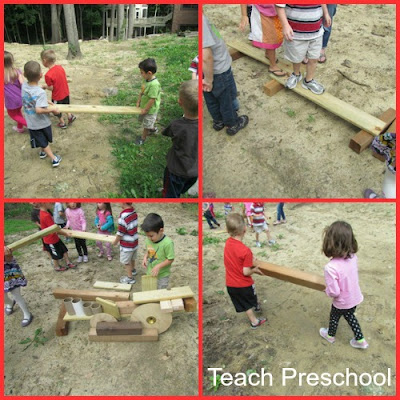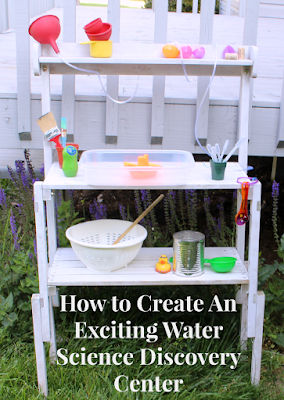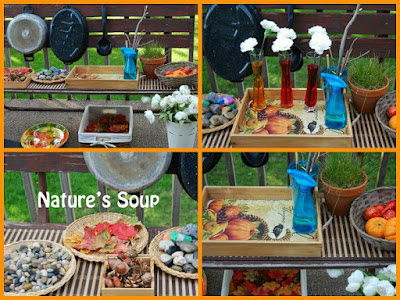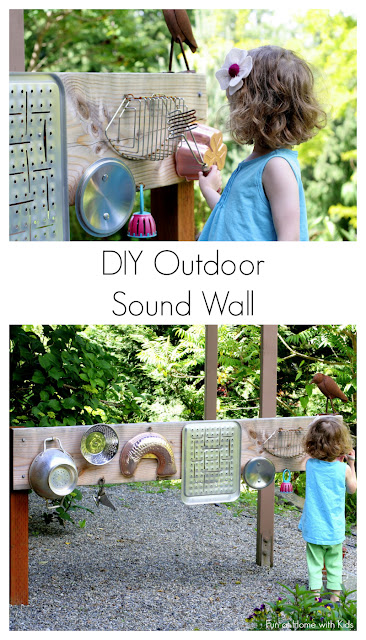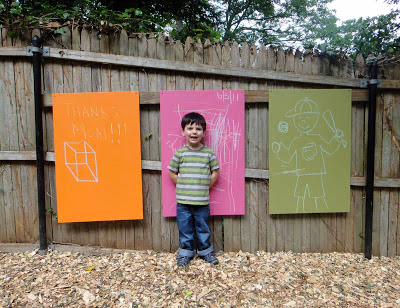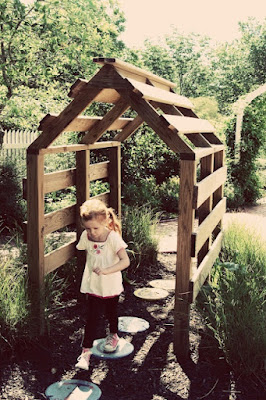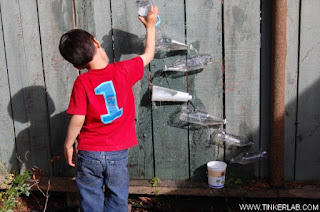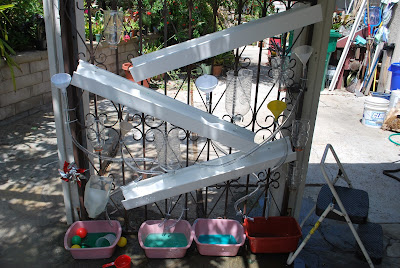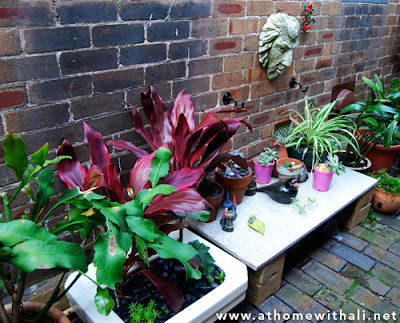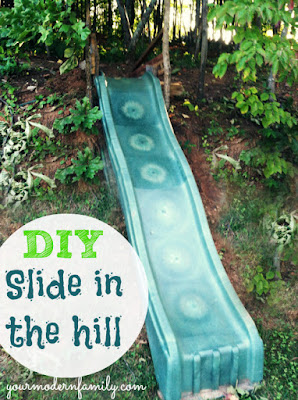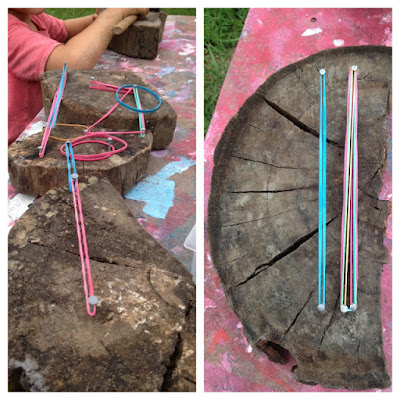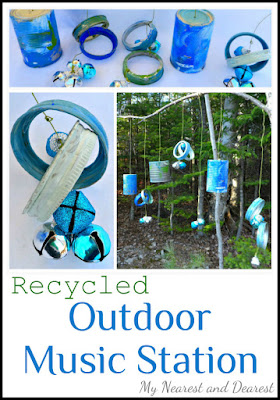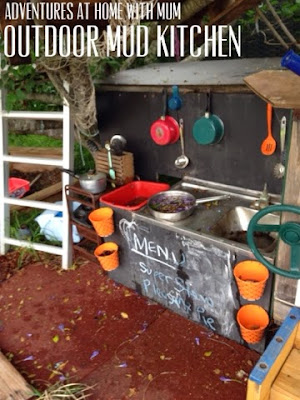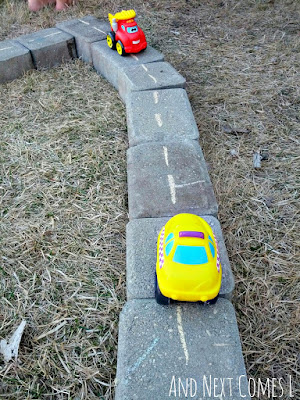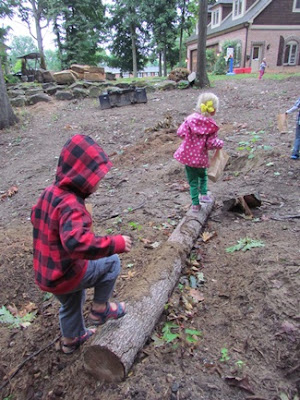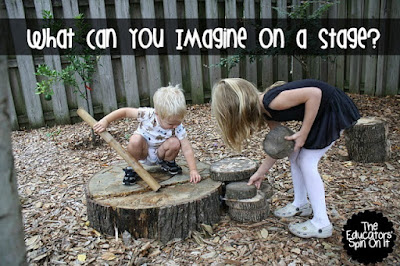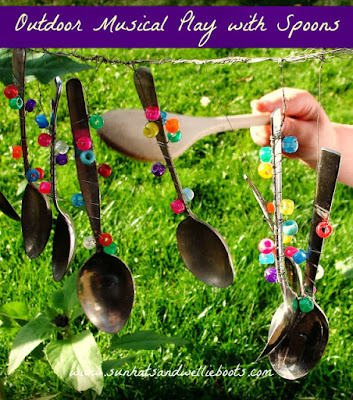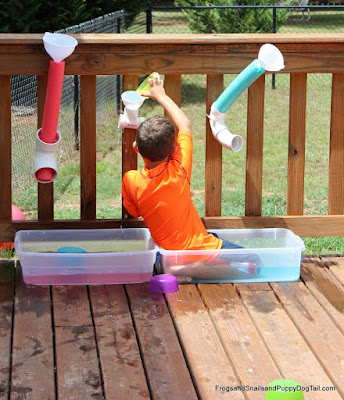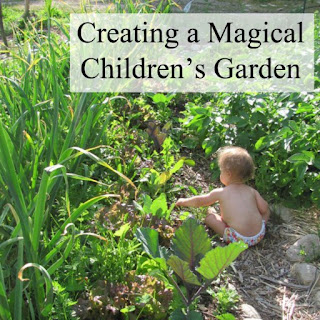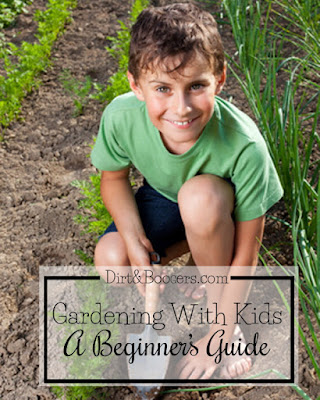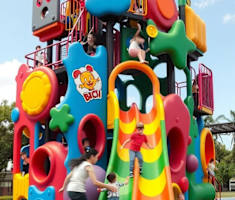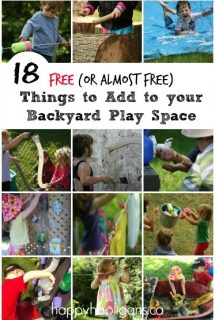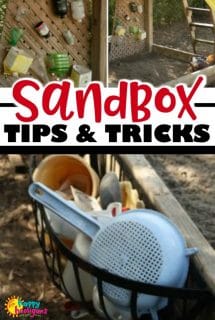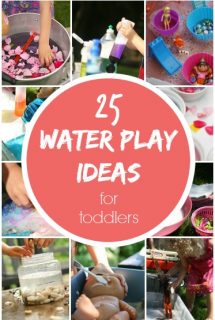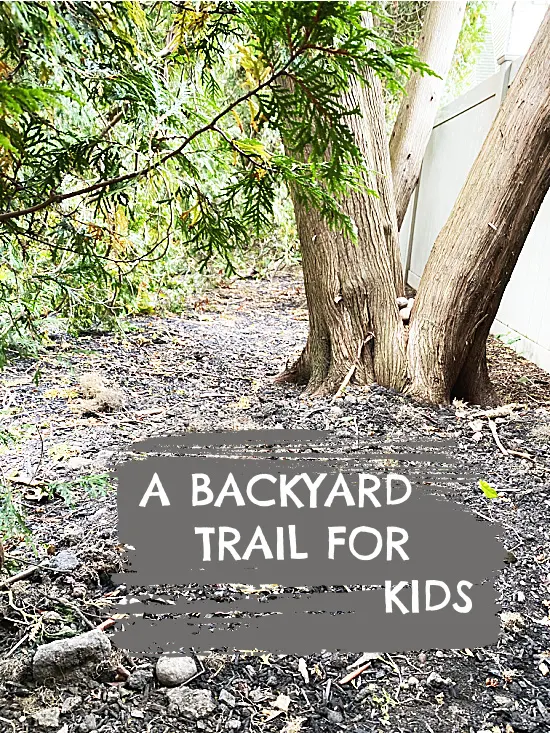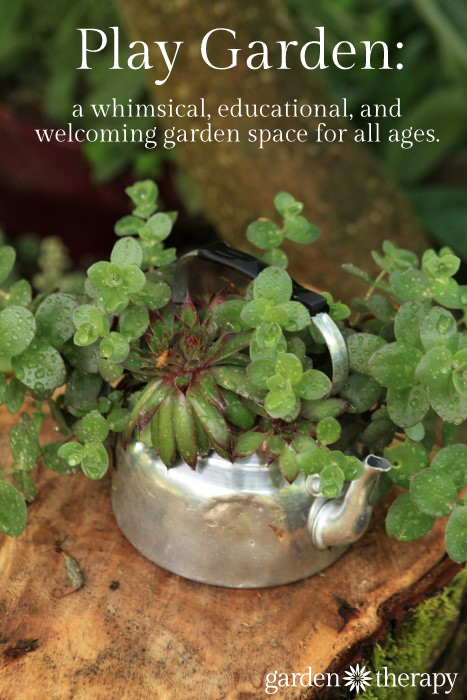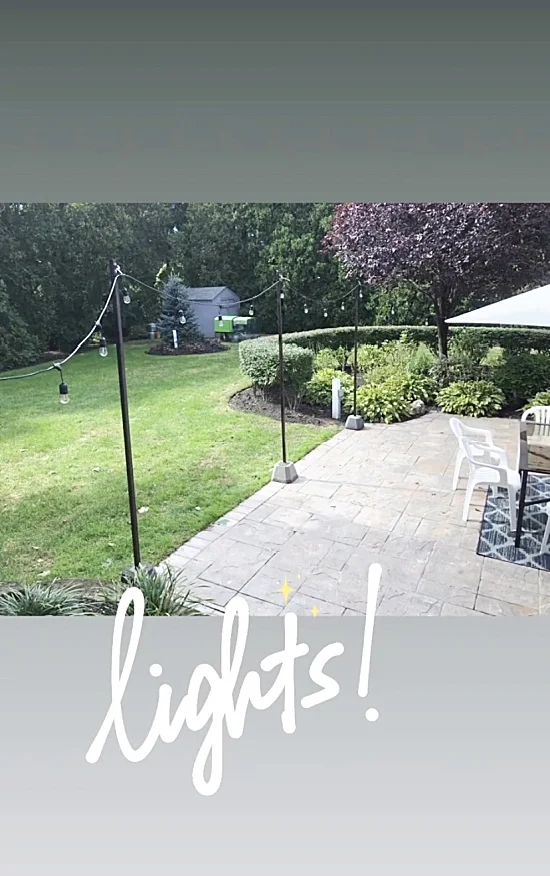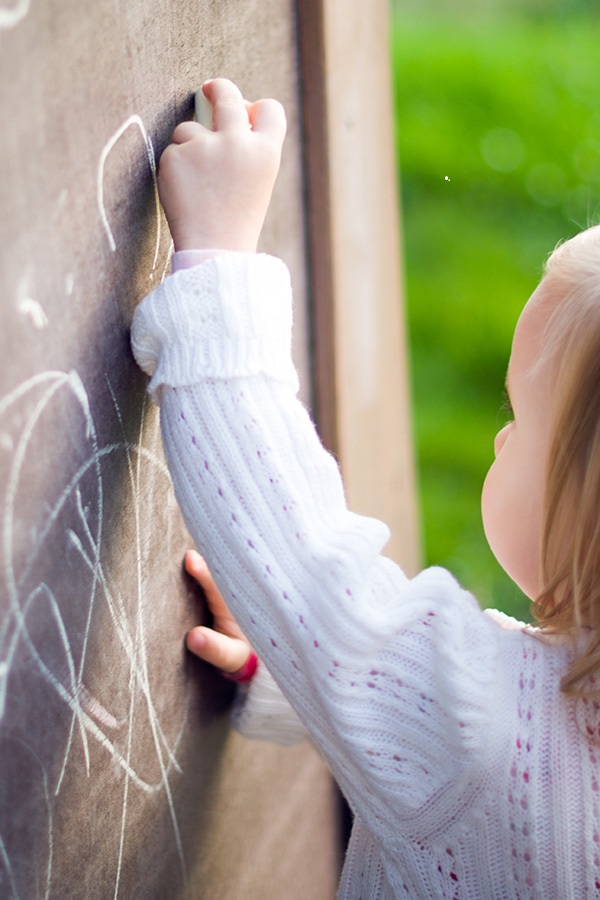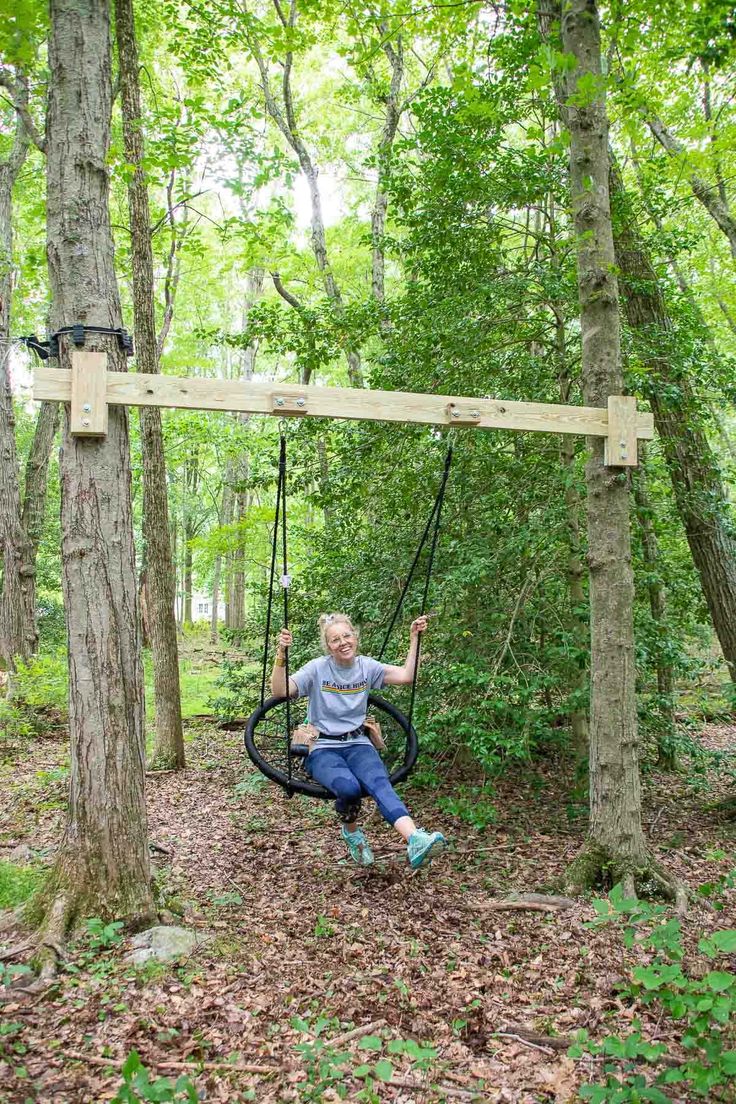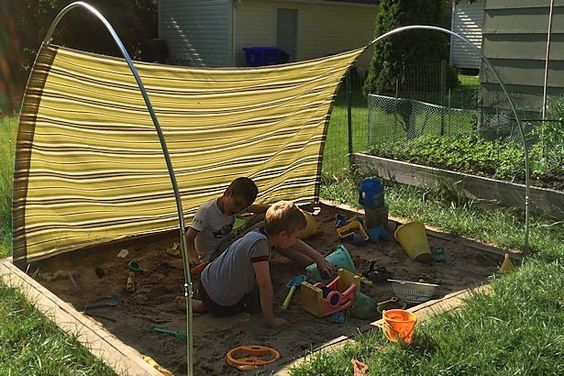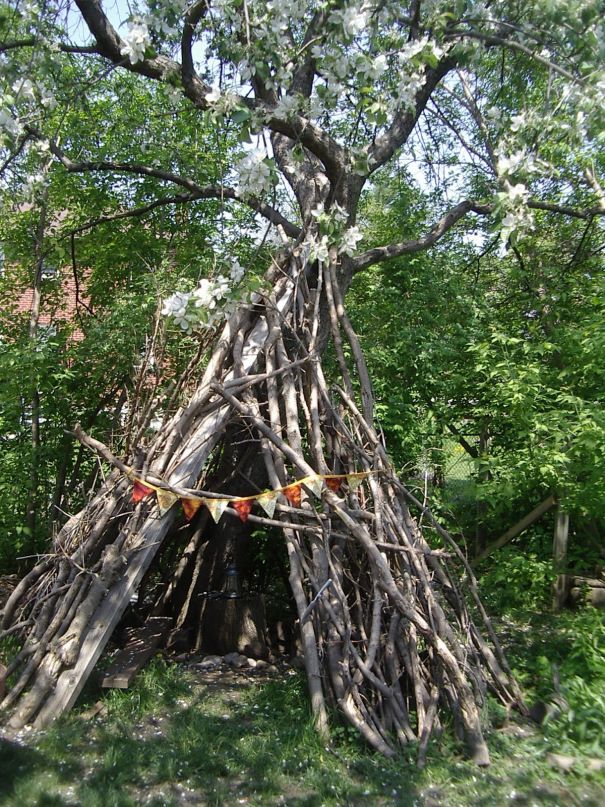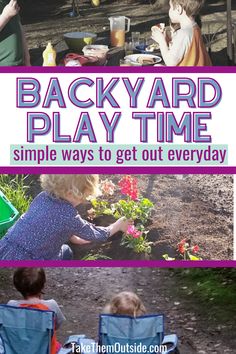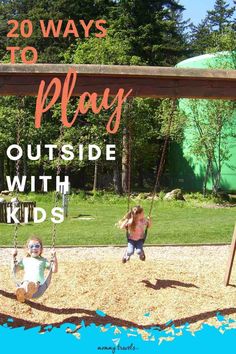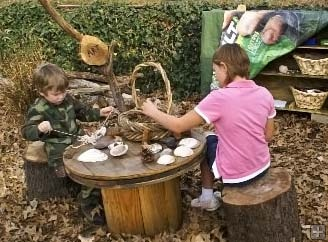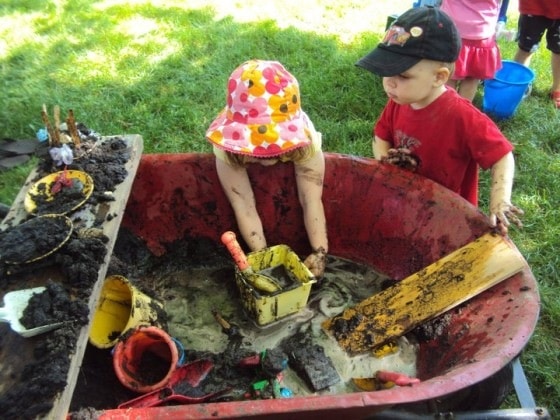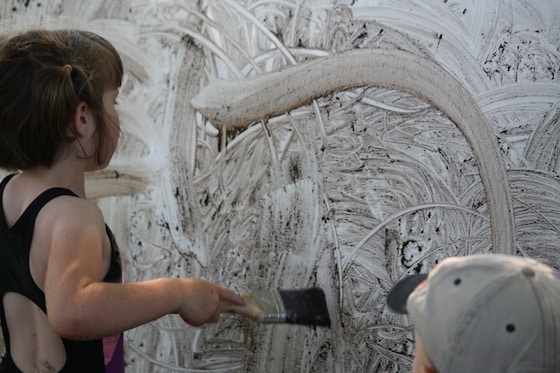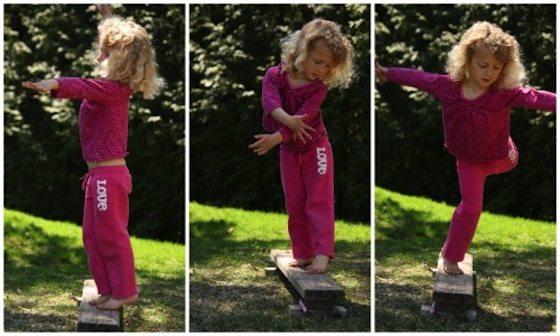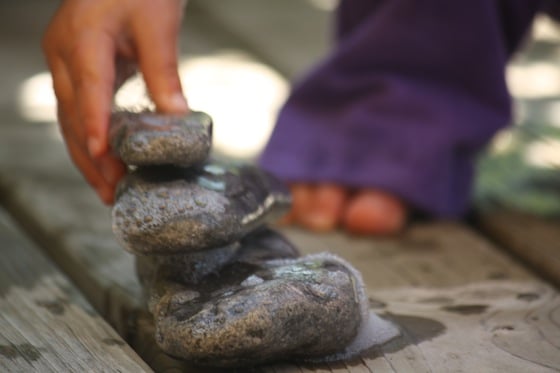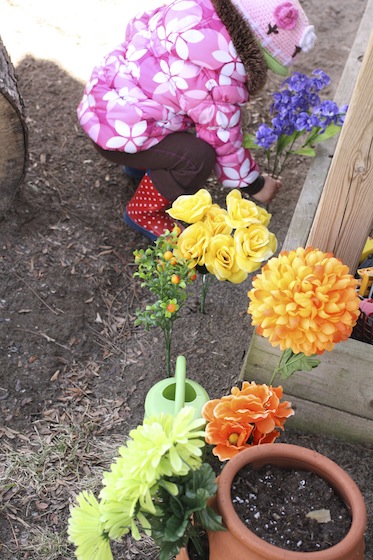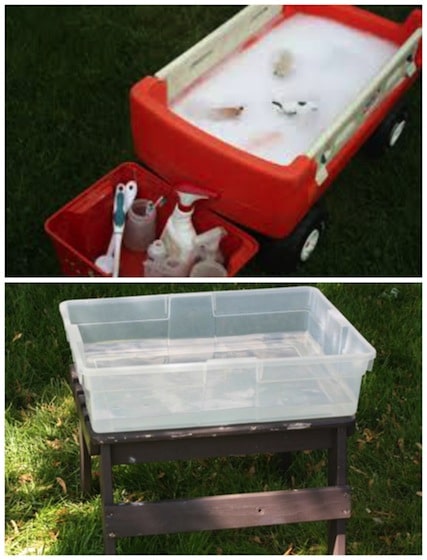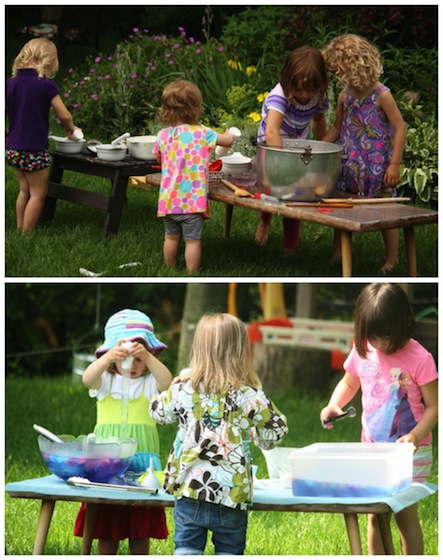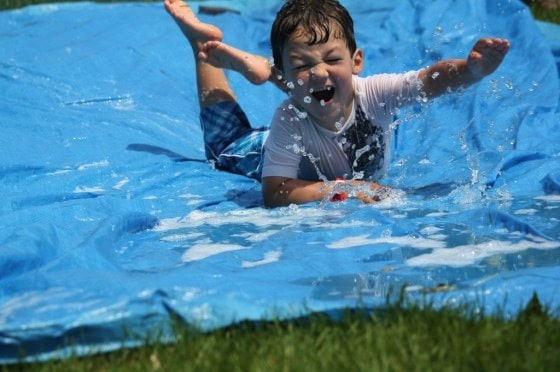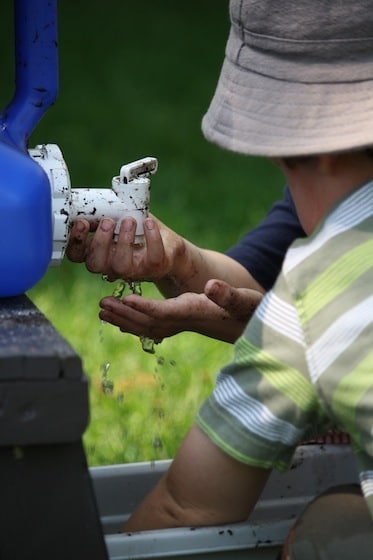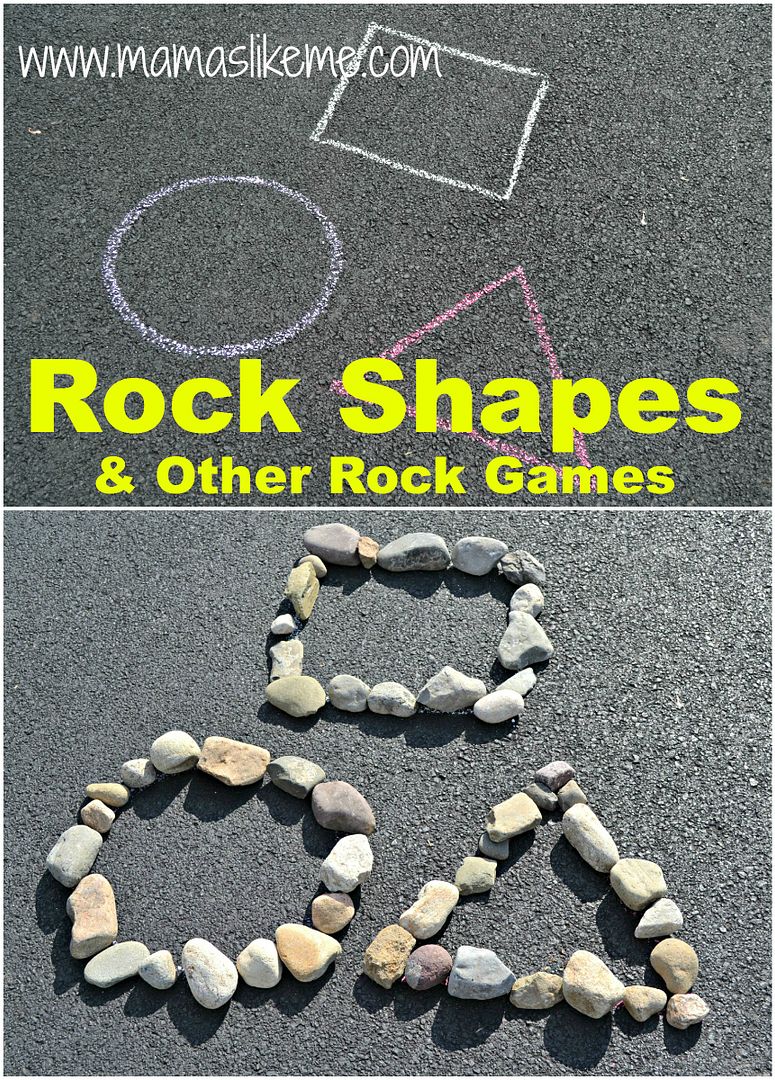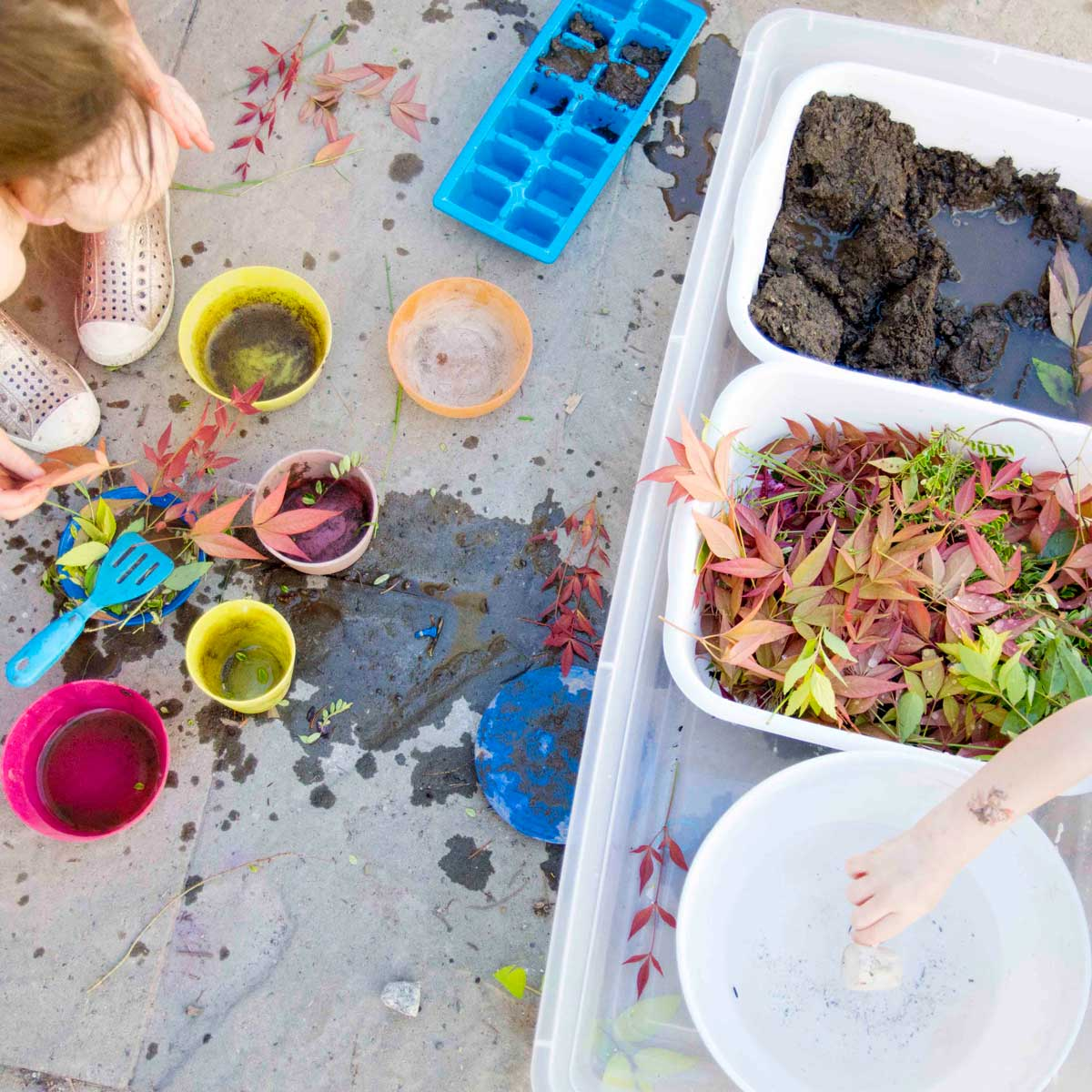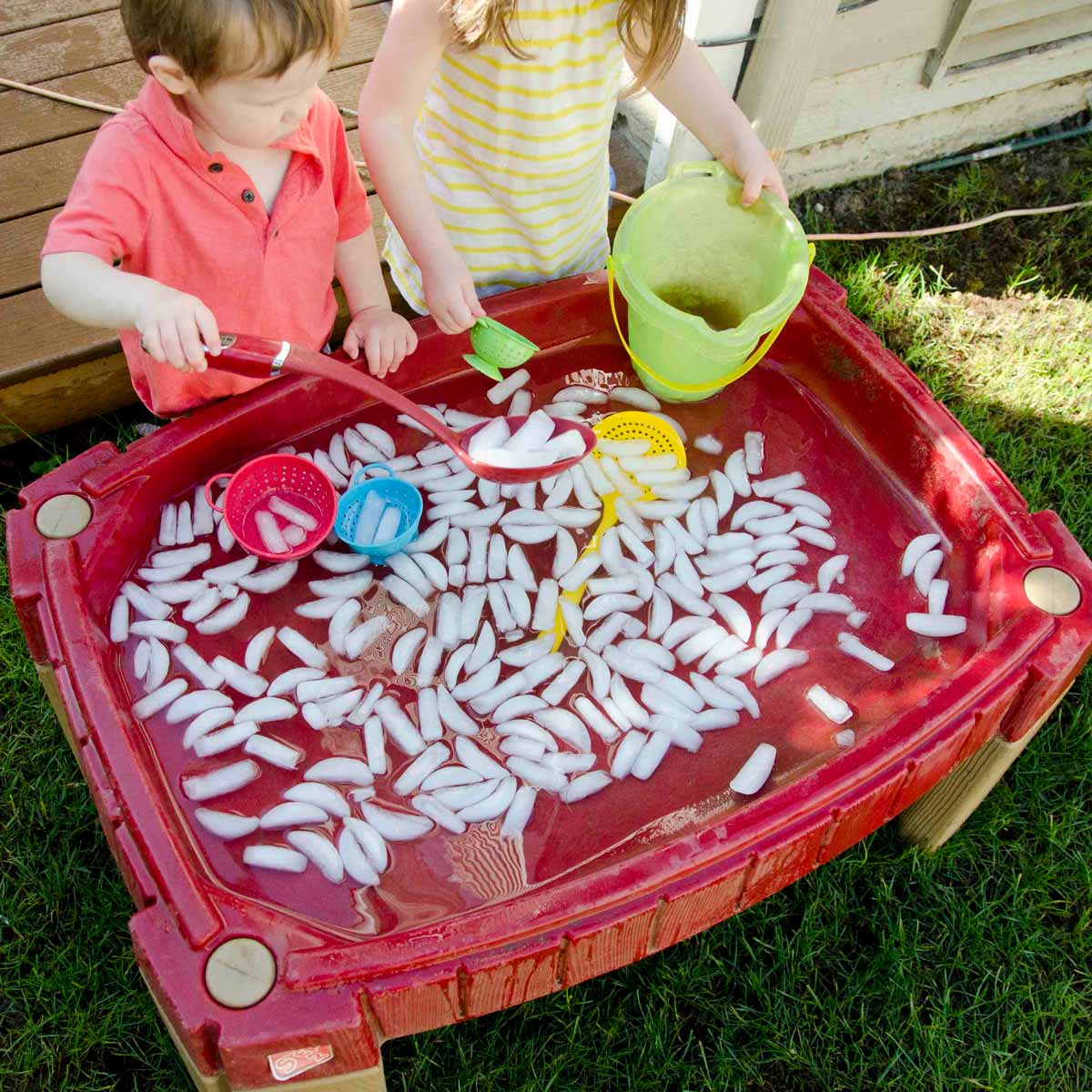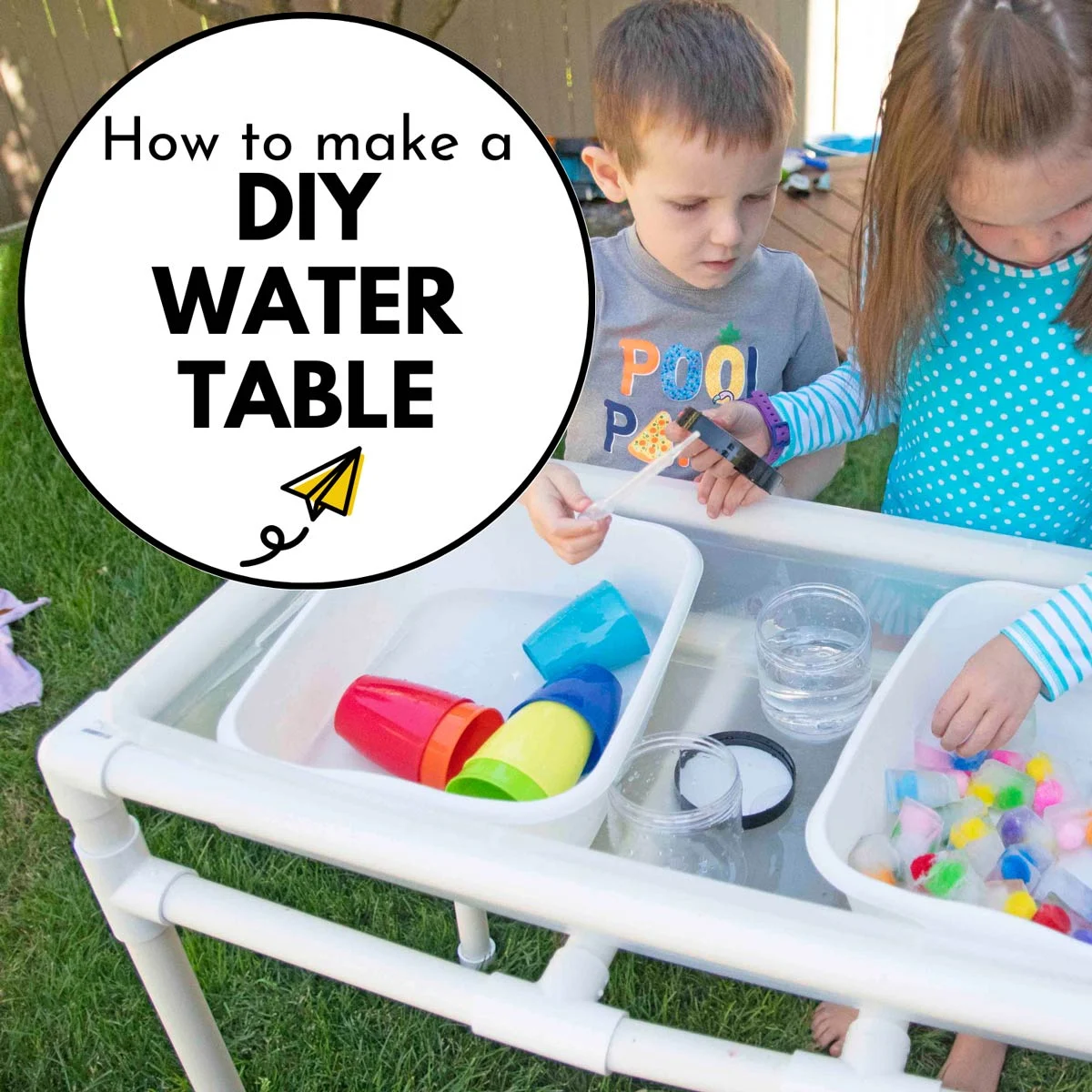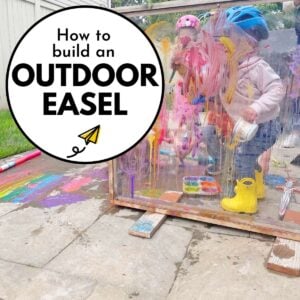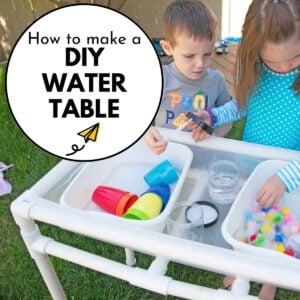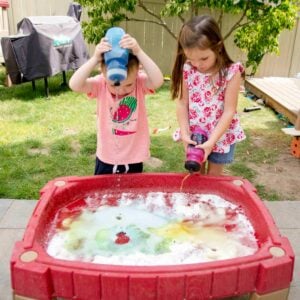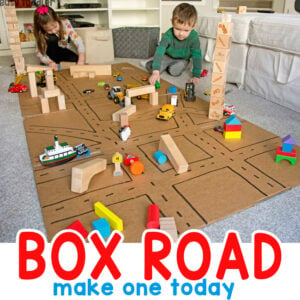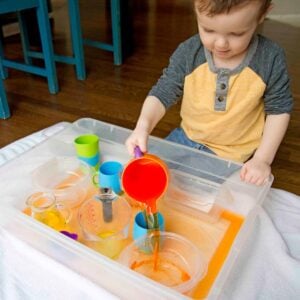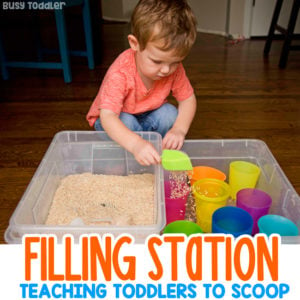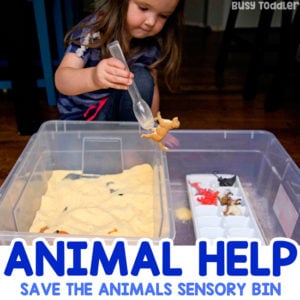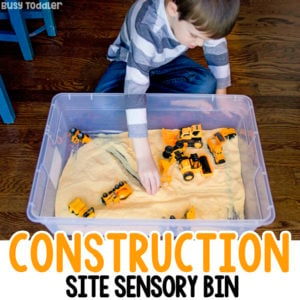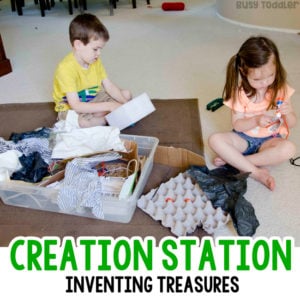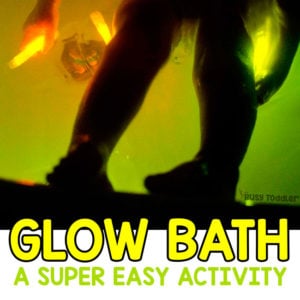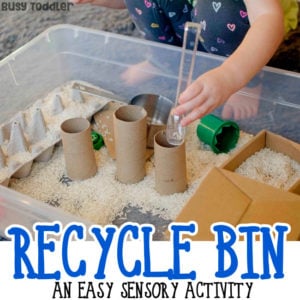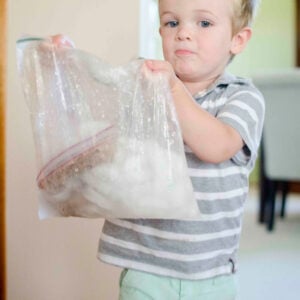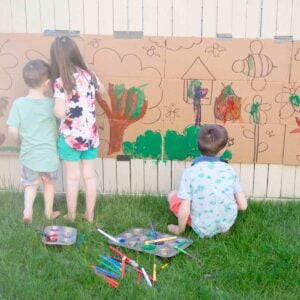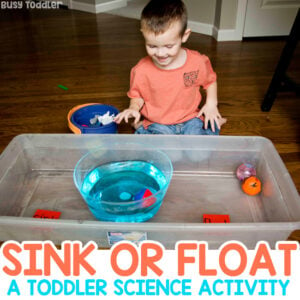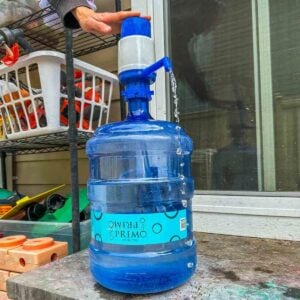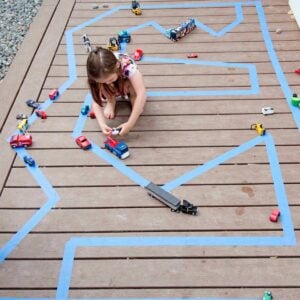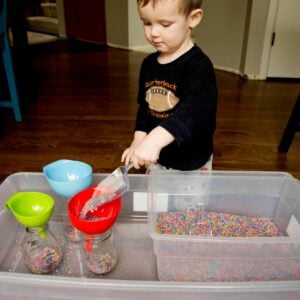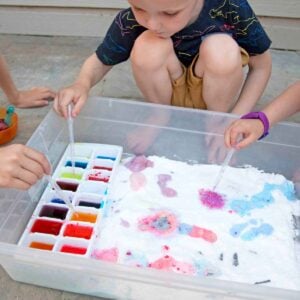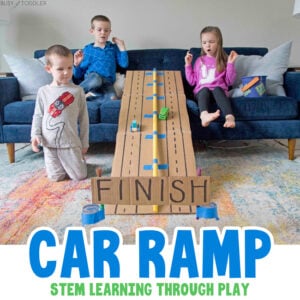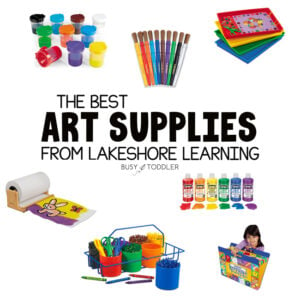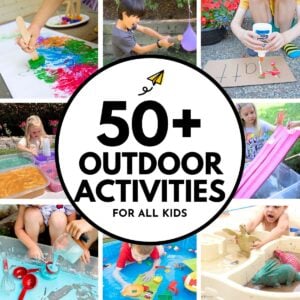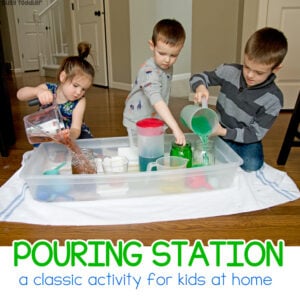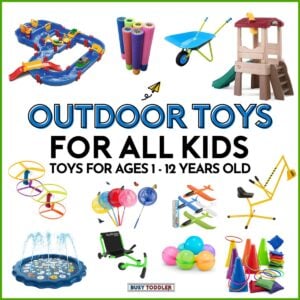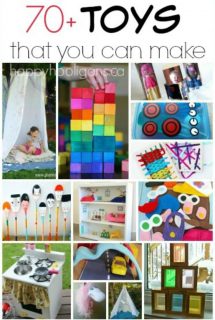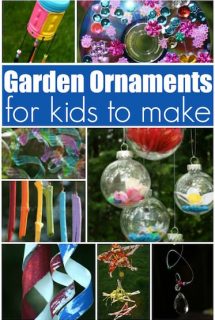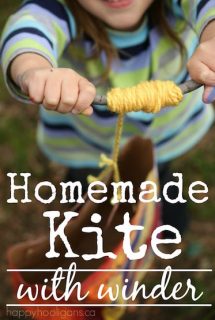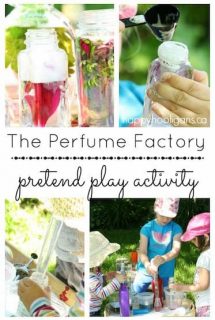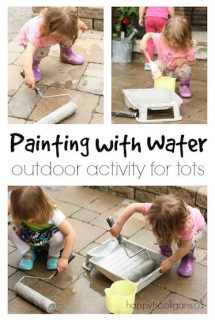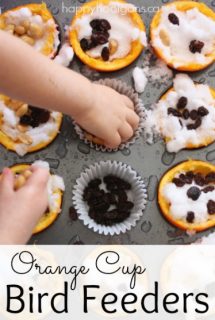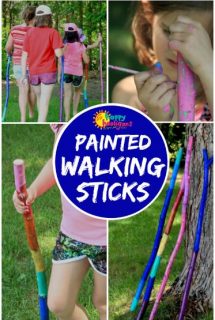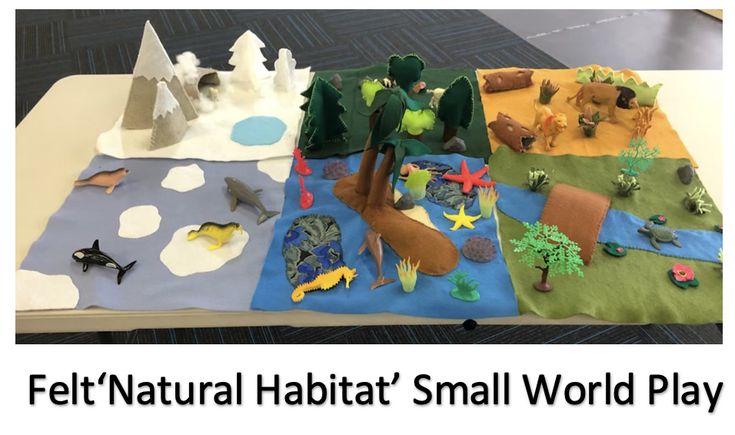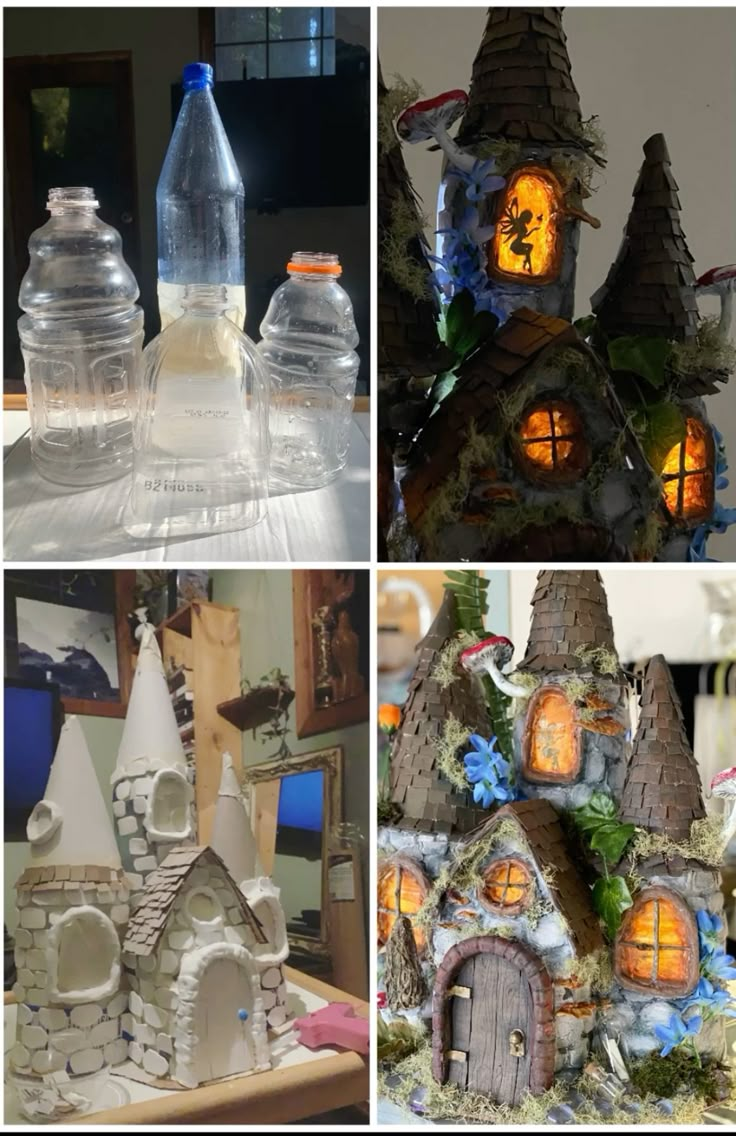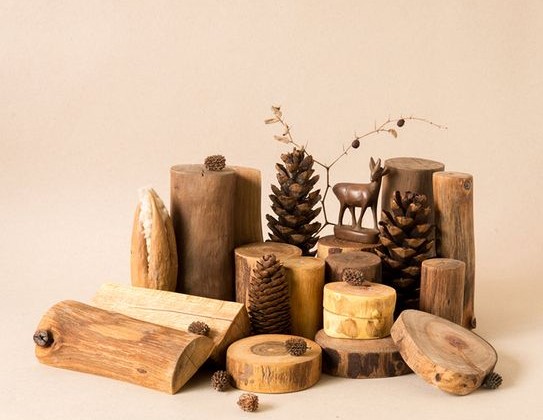
Simple & Challenging Blocks And Building Ideas
Blocks are as important today as they were a century ago. As essential tools children use in their play, blocks also play a vital role in their development.
We have assembled simple block activities for toddlers and preschoolers that support their play and development.
Block Play And Child Development
The link between block play and child development is undeniable. The benefits of kids playing with blocks are priceless. In a previous post, we discussed the value of block play in your child’s early years. Read our detailed post on the benefits of block play.
Through block play, children build skills in the following development domains:
physical
creative
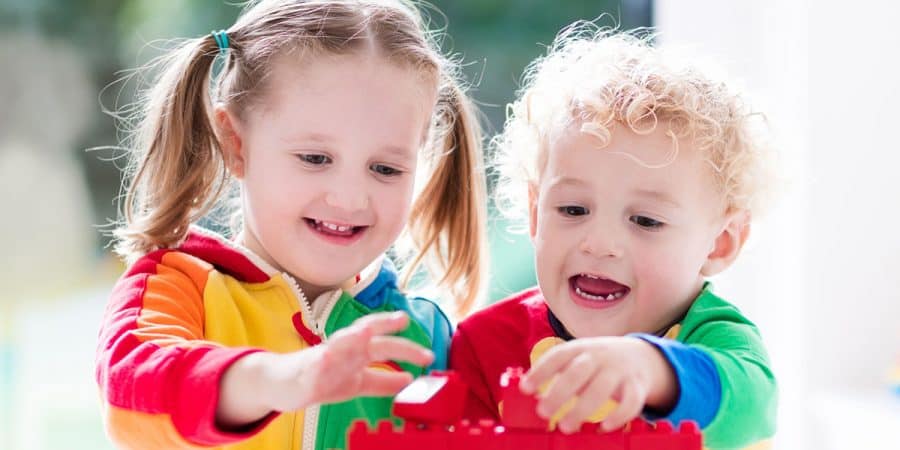
Children Playing With Blocks
We want to be clear that open-ended and unstructured play is still a critical part of block play. Kids need free time to build and develop their imagination and creativity. So, be flexible. Start with a plan, but let your children take the lead. Keep it fun, and let them be imaginative!
Give children toys that are powered by their imagination, not by batteries.
H. Jackson Brown
What’s important is keeping a balance between child-led play and adult-guided activities. This interaction builds cooperation between children and adults while encouraging adults to play.
Block play for toddlers is usually simple. Typically, a 2-year-old can build a 4+ block tower, while a 3-year-old may build a 6+ tower. Keep these general milestones in mind when planning your block activities for toddlers.
Block Sorting and Matching Activities
You can find sorting and matching block activities for toddlers in the blog post “When Do Kids Learn Colors?”
Block Bowling
Have each person build their own block tower. First, stand close, and as it gets easier, move further back. Then, use different balls (i.e., tennis, soccer, bouncy, Wiffle) to knock them down.
This could also be played outside with giant building blocks in good weather.
Counting And Stacking Blocks
Create sheets of paper with numbers using 0-9—one number per page. If you want to use them repeatedly, laminating will protect them. You could also use floor tiles with numbers written on them.
Next, have your child start creating corresponding towers. 0 blocks go on the 0; a 1-block tower goes on the 1; a 2-block tower goes on the 2; and so on. Younger toddlers may only be able to complete up to 4 or 5 towers. Use the number of sheets to match your child’s skill level.
Tower Building
Here is a twist on a classic. Take turns with your child and create different types of towers. For example, why not create one using the largest number of blocks instead of the tallest tower? Or how about the most exciting or creative tower?
This activity stretches your kid’s imagination and creativity.
Roll A Block Tower
This game is fun for toddlers and preschoolers to strengthen their counting and fine motor skills. Start with some snap-together blocks like the Building Toys – Plus Plus® BIG and a die. The goal is to see who can build the tallest tower before the blocks run out.
Taking turns, players roll the die and then stack the same number of blocks on their tower. When all the blocks are gone, the winner has the tallest tower. While the idea is to stack them on top of the other, your child may choose to be creative and go wide and tall.
Remember, it is not about the “right” way but that they are using their fine motor skills and counting. Are you looking for more ways to build fine motor coordination? Check out our post on Fine Motor Activities For Preschoolers and Toddlers.
Block Floor Puzzles
Using painter’s tape (please test it first before putting it on your floor), mark off a square or rectangle on your floor. Usually, about one to two feet works well, but it depends on how many blocks you have to fill it in and your time frame.
Then, let the kids fill in the square with their blocks. They may also want to stack them, which is fine until they run out of blocks. At this point, you can suggest they go back and use those to complete filling in the square.
Block Activities
Use your imagination when planning your block play activities for kids. As your kids’ skills increase, their block play will become more complex. Now is an excellent time to add more block-center materials for imaginative play.
Explore this post on “Making The Best Blocks Play Area” for block prop ideas found around the house for free or purchased inexpensively
Building Blocks Maze
Using blocks and other props from your block play area, have your child create a maze on the floor. The complexity will vary by age. Have your child blow lightweight balls (i.e., ping pong, pom-poms, or other hollow, light plastic balls) through the maze using a short, wide straw.
Pushing cars through the maze using their hands (not the straw) is also fun.
Block Obstacle Course
Here is an adaptation of the above maze for toy vehicles or balls. Create an obstacle course using blocks and other items found around the house. Add things of interest, like cardboard tubes for tunnels and cookie sheets make fantastic ramps.
By including magnetic blocks like Tegu Blocks, they can create obstructions on the sloping ramp that will stay in place. Watching the cars or balls bounce off the obstacles on their way down the ramp is a lot of fun!
Fill In Block Shapes
Take 5 or 10 square blocks and create the block shapes. Create different patterns with the blocks on a sheet of paper and trace each one, creating an open design.
Next, give your child either the 5 or 10 blocks you used and ask if they know how to fit them into the shape. You can create several layouts for variety, increasing the number of blocks as your child becomes more proficient.
Block Measuring
Kids love to measure things! One fun way to get them involved is to have them stack blocks to measure things.
The height of a table or a chair
End to end to measure a doorway or the length of a couch
How many blocks tall is their truck or doll?
Have them measure other children or you. Lie on the floor and line up blocks from head to toe. Then they can count how many blocks tall they are.
Block Rainbow
For this activity, it is helpful to have pictures of rainbows available to visualize. For younger children, draft a rainbow on a large sheet of paper. Let older kids draw their own rainbow.
Next, have them sort some colorful blocks by color. Then, by placing the colored blocks along the matching color arc, have them build the block rainbow.
Block Play and Art
Using blocks in unusual ways models creativity for our kids. For this activity, colorful, simple-shaped blocks work best. Have your child build a quick design using the blocks.
Next, your child will recreate the design with paper and paint. By encouraging them to tell you what they see, you can discuss colors, shapes, and relationship vocabulary (i.e., on top, next to, under).
Shape Blocks And Picture Cards
Build some designs using the shape blocks. Create simple and more complex ones (multiple blocks of the same color, unusually stacked, or multiple layers). Now, take a picture of each model and print them out in color. You can attach them to an index card for stability, and if you plan to use them repeatedly, lamination helps keep them in good shape.
Invite your child to build and match the picture cards. Then, photograph it and create a card with their model! Once they master it, you can ask them to develop their own design.
Block Picture Cards Variation
As your preschooler’s building skills develop, you can create a more intricate version of the picture cards using real-life photos of famous formations—for example, the White House, Eiffel Tower, Machu Picchu, or Big Ben to inspire.
Simply print out pictures from the internet and display them in their block area. Have too many to show individually? Hole-punch them and tie them together like a book.
Extending Block Play
Is your child bored with building the same old things? Which, by the way, is perfectly OK.
Are they in a rut?
Kids need time to be bored;
That is how creativity is born.
By adding a few simple props to the block play area, you can inspire your child’s building activities. Remember, these are not meant to be adult-guided activities but add a new perspective to encourage kids in their block play ideas.
Here are a few fun fall block play activities to bust the boredom.
Block Activity: Build A City or Town
Encourage your child to visualize their own town or city. What are some of their favorite places? Where would they build them? It is important not to stifle their creativity with too much reality but rather let their imagination soar.
Here are a few props to add:
books about cities and towns
cars and trucks
transportation vehicles
block play people and pets
business signs- some premade (school, library, playground, bakery, grocery store, gas station, fire station, police station, etc.); more can be made based on the child’s request
natural elements like stones, leaves, and small trees for creating parks and landscape
interlocking road or train tracks (black masking tape makes an inexpensive, quick, and easy alternative)
photographs of cities, parks, and playgrounds
Block Activity: Build A Zoo
Has your child been to the zoo? Encourage them to think about that time. If they haven’t been, ask them to imagine it. What would they want to see? Adding some of the following props will stimulate their imaginations.
block play people
animals of all types
zoo and animal signs
craft sticks make perfect fences
fabric pieces or paper strips in blue for water
create cold spaces by wrapping some blocks in aluminum foil
natural elements like stones, leaves, and small trees for creating animal habitats
pictures of zoos
Block Activity: Build An Airport or Transportation Hub
Has your child ever been to an airport? Train or bus station? If so, what was it like? If not, have them picture it. Adding some of the following props will spark their creativity.
books about airports and other transportation
airplanes, trains, buses, and other transportation vehicles
cars, trucks, and construction vehicles
repair or maintenance shops
airport signs purchased or homemade
interlocking road tracks (use black masking tape to define runways)
photos of airports, train or bus stations
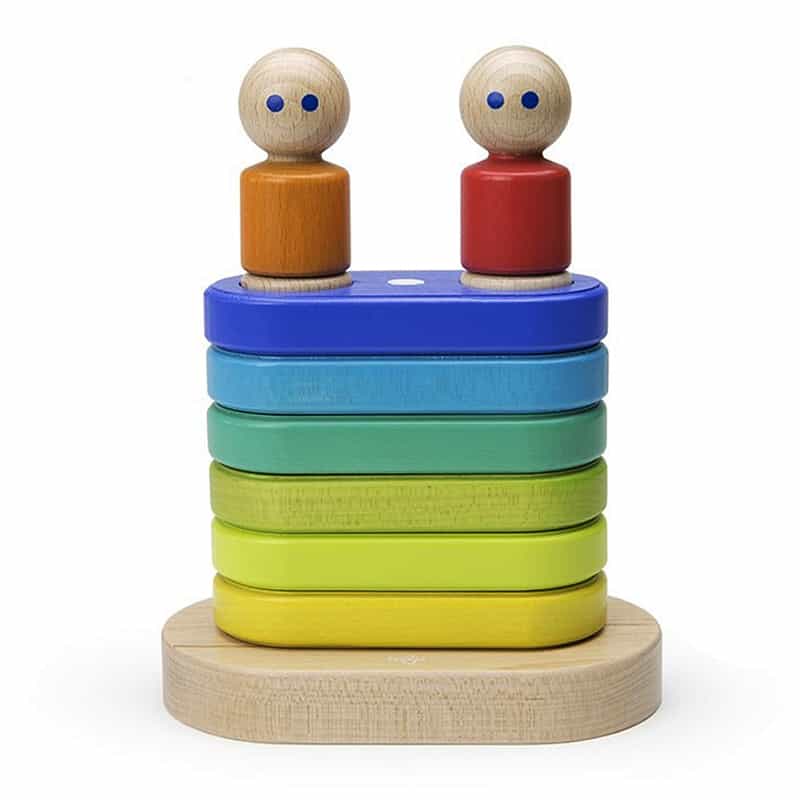

Are you looking to expand your block play area? Block activities for toddlers and preschoolers increase the benefits of block play and are a wonderful way to spend quality time with your child. Explore our wooden building blocks, giant building blocks, blocks for toddlers, magnetic blocks, and magnetic wooden blocks for safe and creative play.

Printable Roads for Awesome Imaginative Play.
Do your kids love playing with cars? These free printable roads make playing with cars even more fun!
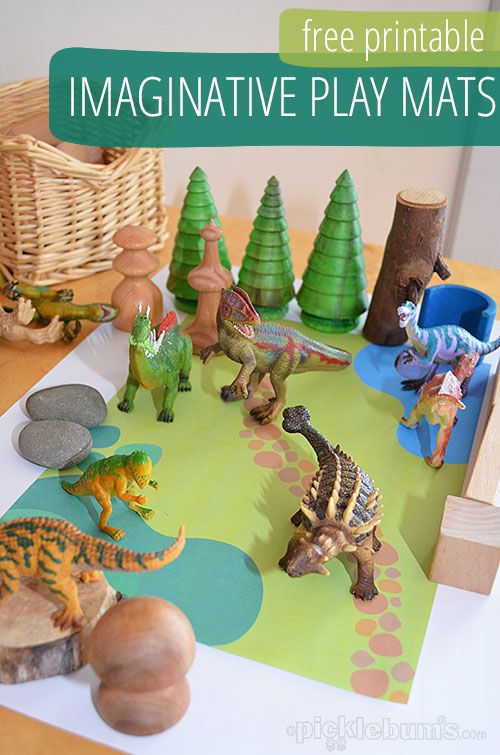

Free Printable Imaginative Play Mats

More Printable Imaginative Play Mats!
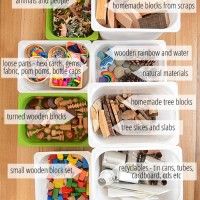
How to Set Up Great Block Play at Home
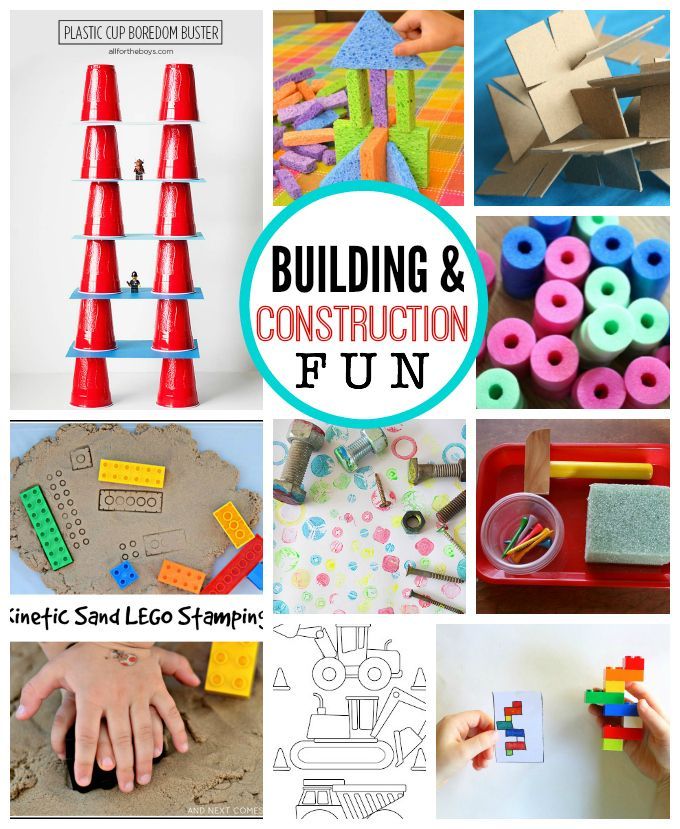
Fun with Kids: Building and Construction

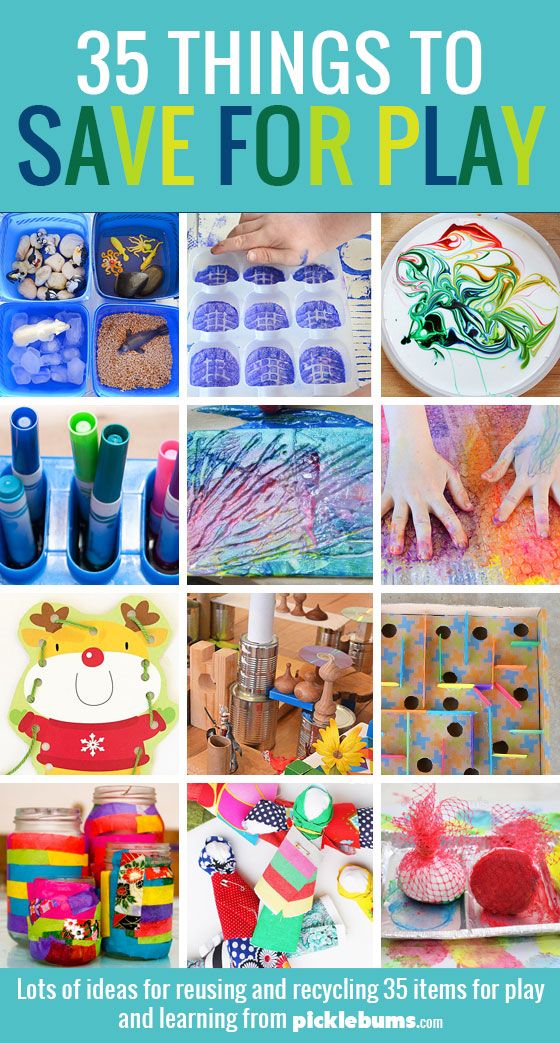
Thirty-Five Things to Save for Play
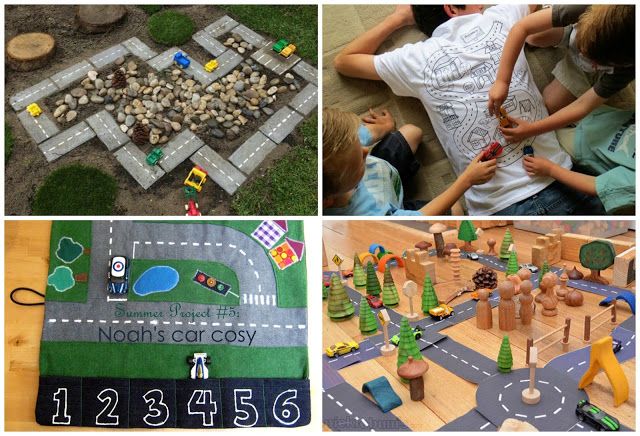
Toy Car Activities and Storage Ideas

22 Games and Activities with Rocks
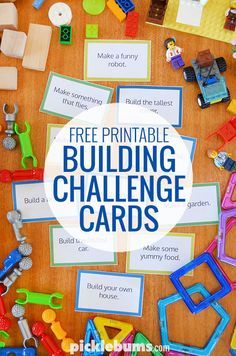
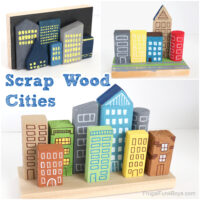
Scrap Wood City Skyline {Kids Art}
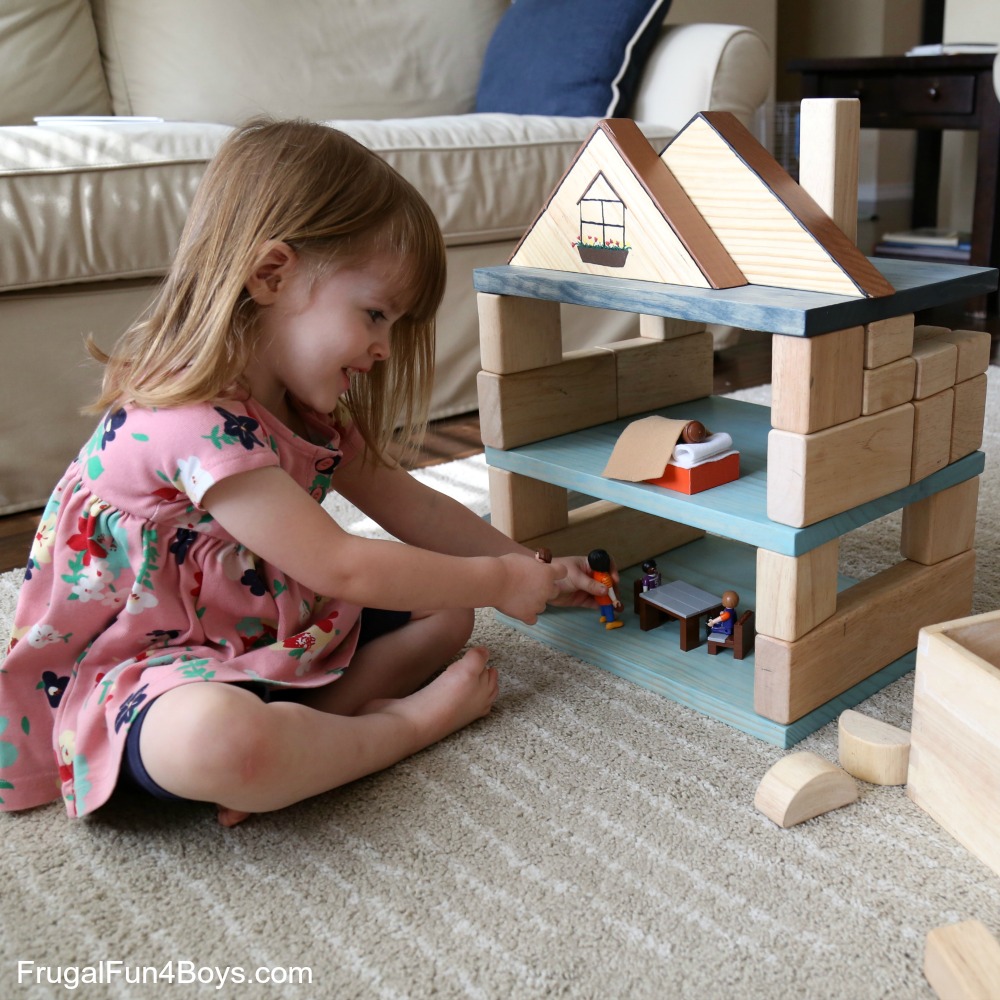
Make Your Own Dollhouse Building Blocks
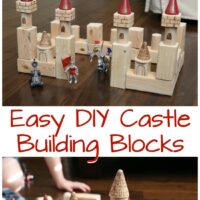

Build a LEGO Tiny Neighborhood
MOST INCREDIBLE LEGO ACTIVITIES FROM FRUGAL BOYS AND GIRLS
How to Set Up Great Block Play at Home
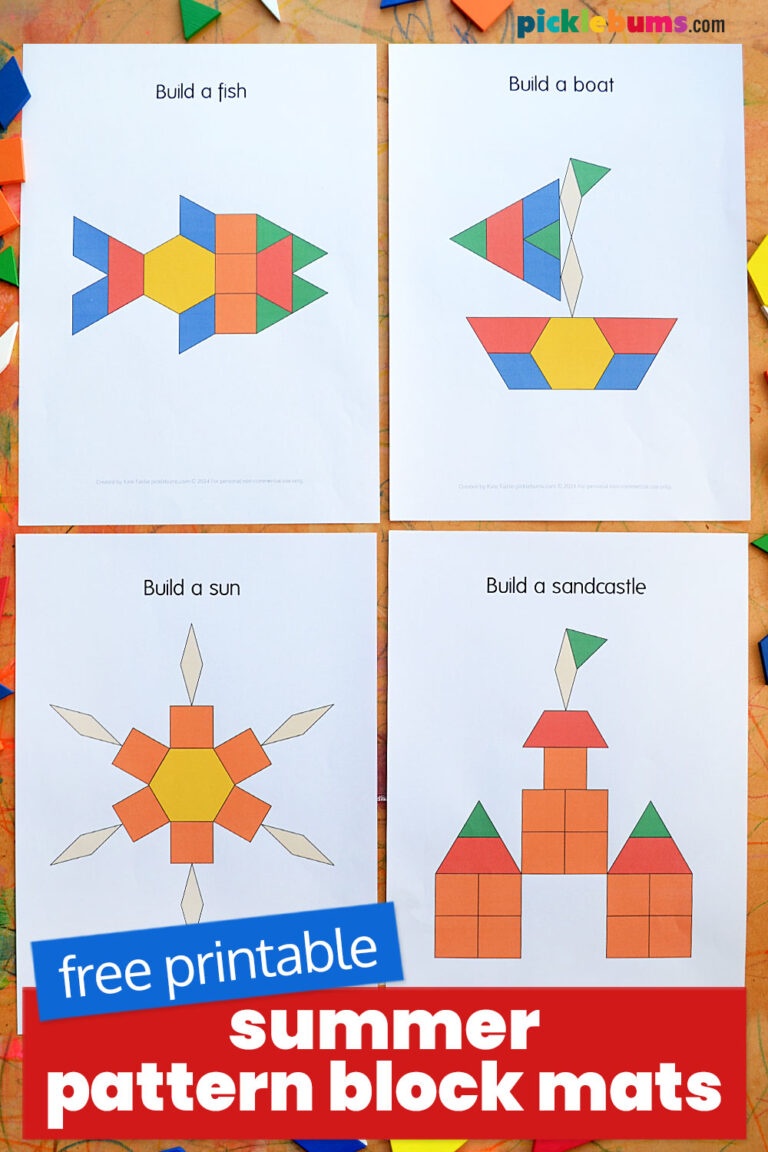
Free Printable Spring Pattern Block Mats
Free Printable Winter Pattern Block Mats
Pattern Block Turkeys – Free Printable
Free Printable Fall Pattern Block Mats
Free Printable Summer Pattern Block Mats
Earth Day Pattern Block Mats – Free Printable
Pattern Blocks – 20 ideas, activities and free printables
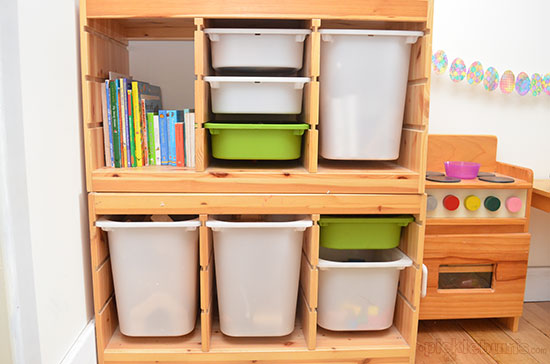
How to Set Up Great Block Play at Home
Every kid should have at least one good set of building blocks. Block play stimulates learning in all domains and is researched to lead toward academic success.
Enjoy making one of these sets or find inspiration to create your own! Click on the links to see the tutorial for each set.
Soft Rattle Blocks for Babies | While She Naps
Homemade Personalized Fabric Blocks for Baby | And Next Comes L
DIY Sensory Blocks | Red Ted Art
ABC Blocks | This and That Creative
Awesome ABC Blocks | Mejia Mamma
Alphabet Blocks | The Questionable Domestic
Toilet Paper Roll Building Blocks | Swoodson Says
DIY Cardboard Tube Construction Set | Picklebums
Cardboard Building Blocks | Sunny Day Family
Quiet Blocks | I Can Teach My Child
Jumbo Building Blocks | The SAHM Survival Guide
Make Your Own Wooden Blocks | Frugal Fun for Boys & Girls
How to Make Wooden Blocks | How to Make Toys
Toy Wood Blocks | Instructables
Build Blocks | Instructables
Color Blocks | And Next Comes L
Sand Blocks | Adventure in a Box
Wooden Mirror Blocks | Adventure in a Box
Patterned Wood Blocks | The Imagination Tree
Awesome Interlocking Building Blocks | Improvised Life
Sticky Blocks | No Twiddle Twaddle
Wooden Pull Cart and Building Blocks | Woodworking for Mere Mortals
DIY Pattern Building Blocks | Frugal Fun for Boys & Girls (Not pictured)
Rainbow Colored Wooden Blocks | Rhythms of Play
Dyed Rainbow “Grimm Style” Wooden Blocks | Fun at Home with Kids
How to Make Wooden Monster Blocks | Adventure in a Box
Painted Blocks by Kids | Art Bar
Make a Monster Blocks | Adventure in a Box
Wooden Gradient Blocks | Adventure in a Box
Painted Blocks | The Life Jolie (not pictured)
Chalkboard City Blocks | Hellobee
House Blocks for the Railroad | Adventure in a Box
Stacking House Blocks | Mer Mag
Wooden Block Family | Beci Orpin for The Etsy Blog
Olliblocks | Ollibird
DIY Blocks for Kids:
Natural & Outdoor
How to Make Waldorf-Inspired Nature Blocks | Adventure in a Box
Cheap & Easy DIY Outdoor Wooden Blocks | Simply Kierste
The Best DIY Blocks for Kids:
Puzzles & Games
These DIY puzzles are made of blocks that can be incorporated into block play for even more fun!
Every kid should have at least one good set of blocks. These DIY blocks for kids make it easy to have enough for everyone. Enjoy making one of these sets or find inspiration to create your own!Your kids may also like to have their own sand and water table, chalkboard, mud kitchen or sandbox… click on the links to learn how more!

